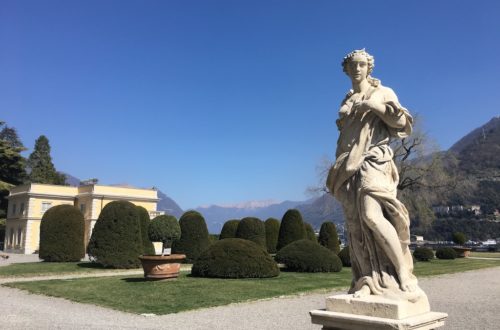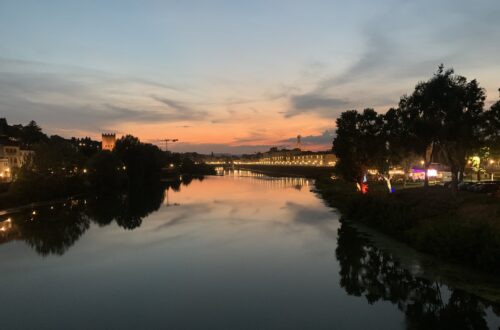Before visiting Mexico City, I had no idea what to expect. I knew that it was the country’s capital, that there were pyramids nearby, and that it was, in a word, massive. A big city enthusiast, I wasn’t daunted by this information, but rather, intrigued by the idea that in a month’s time, I surely still wouldn’t have run out of things to do. Each time I visited one of the city’s important sites, I became more and more enamored with the cultural fabric of the country’s rich history and artistic essence.
There’s so much to discover, but in the interest of saving you time and helping you navigate the undeniably gigantic capital city, I’ve put together a list of things you must do in Mexico City. Naturally, you’ll need to pencil in stops for street food tacos and ideally schedule a salsa class or two, but here’s a roundup of the major museums, landmarks and attractions to make sure you experience during your trip to CDMX.
Rapid Fire Summary
- In a word: Diverse
- What to eat: Tacos (esp. tacos al pastor), chilaquiles, enchiladas, churros
- What to drink: Mezcal, pulque, cerveza, aguas frescas
- Where to stay: Roma or Condesa neighborhoods
- How to get around: Uber
- What to buy: Mexican blankets, jewelry, pottery, Mezcal
Palacio Nacional de Antropología
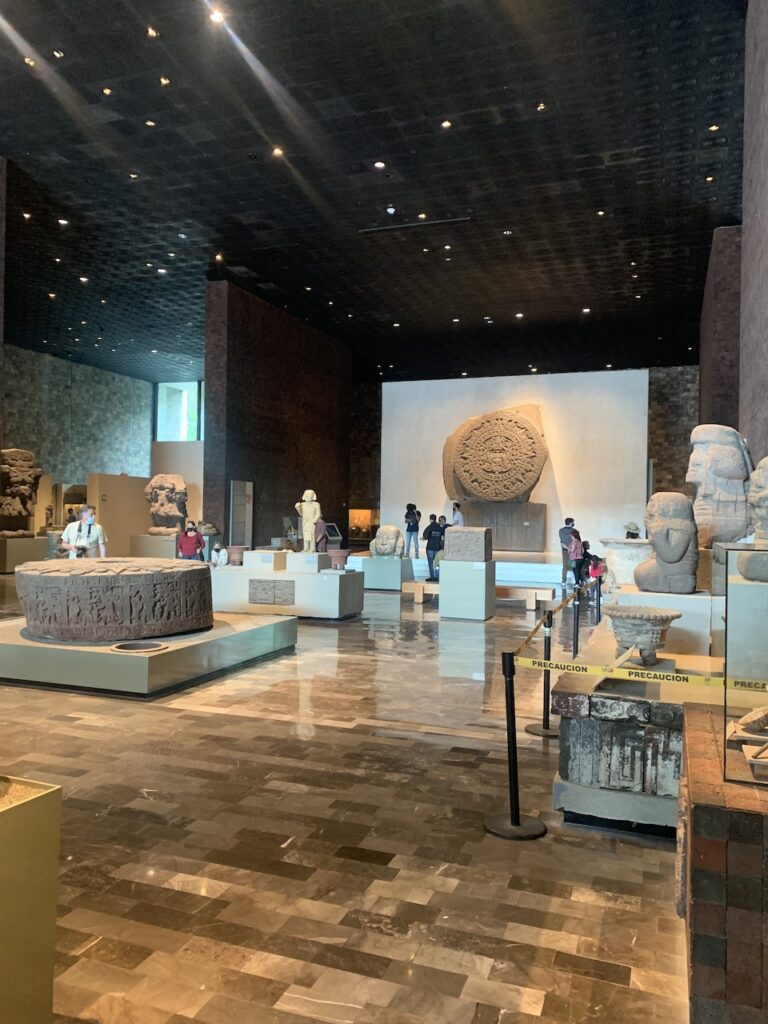
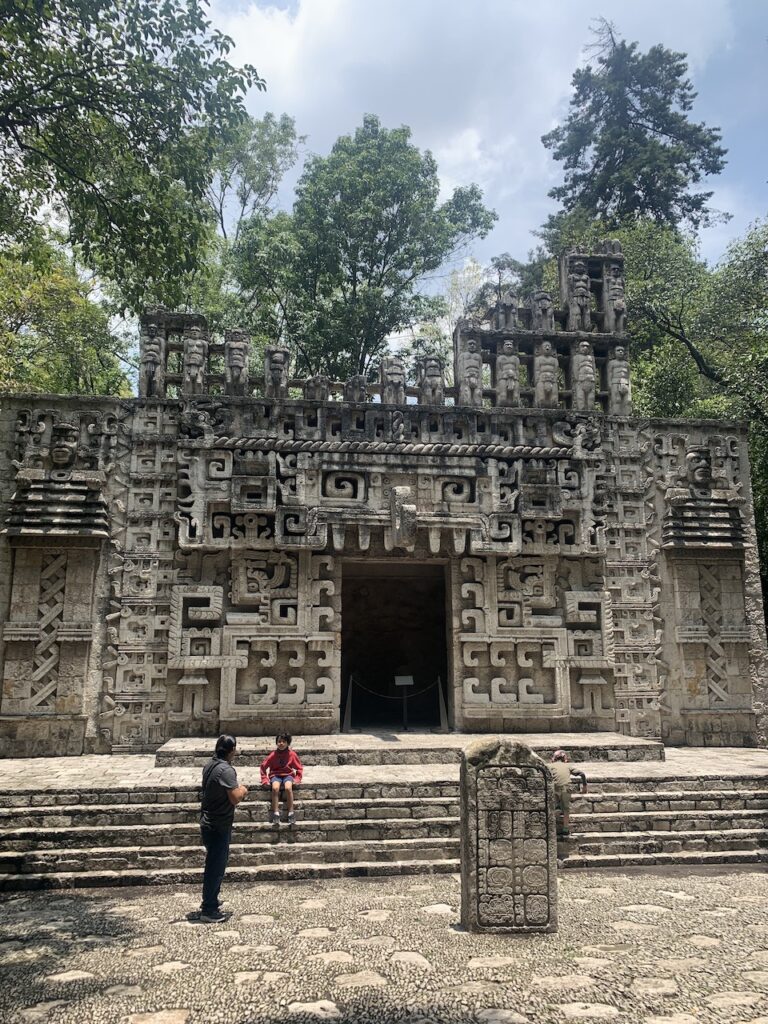
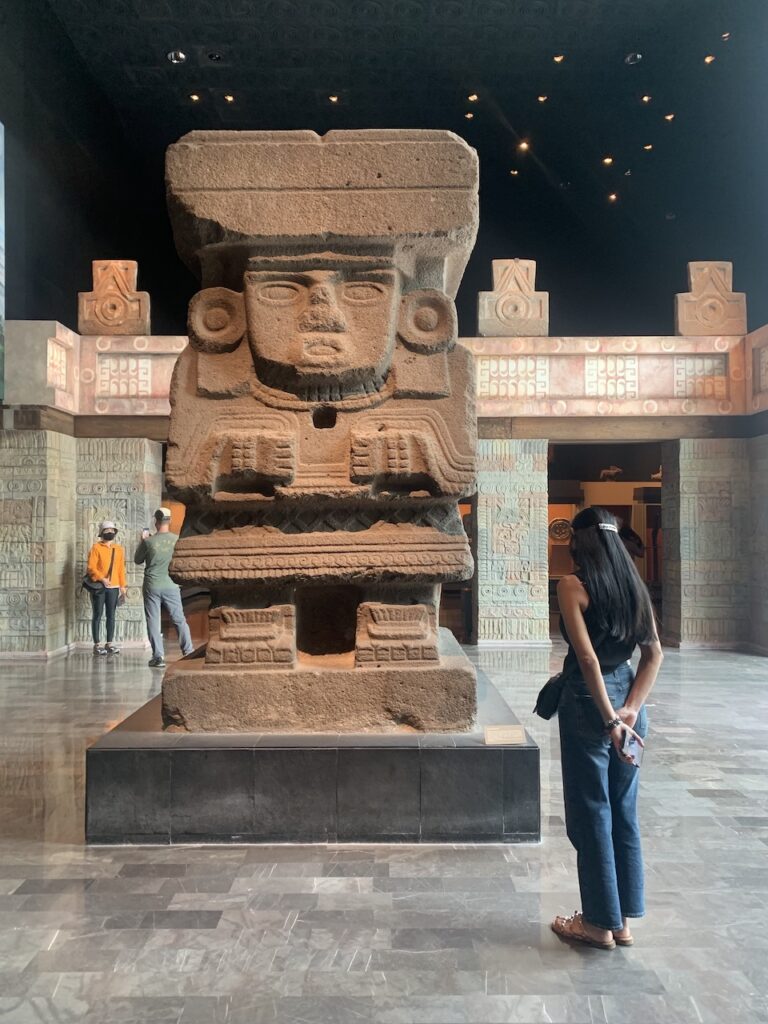
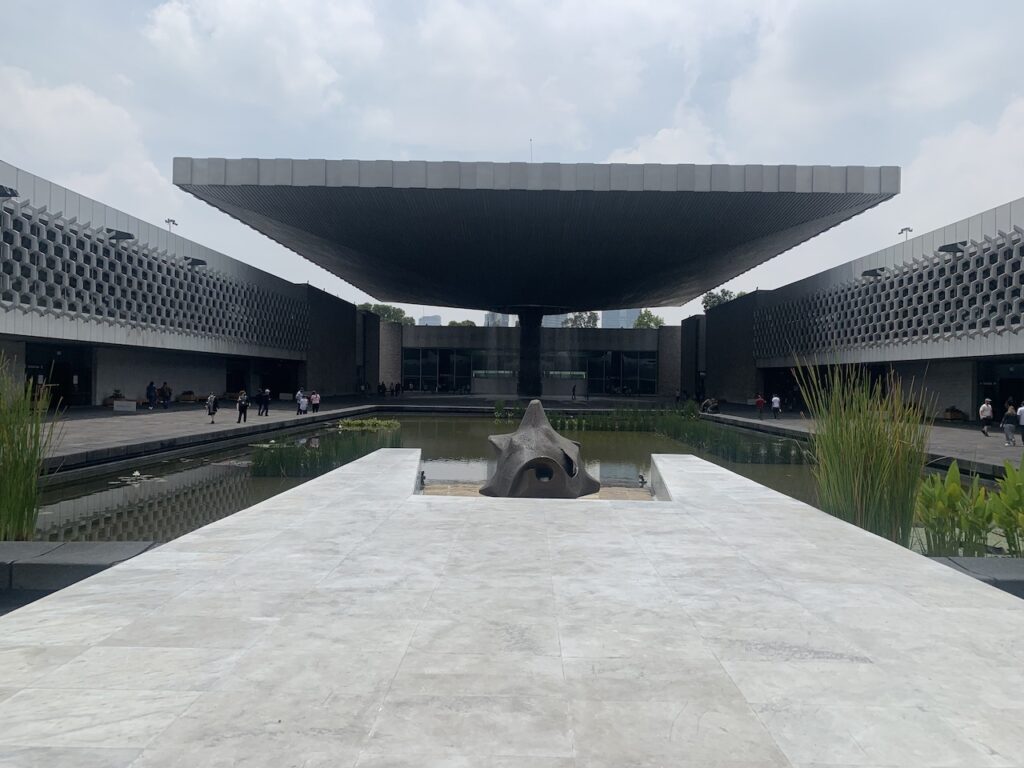
The most famous in CDMX and most widely visited, this massive museum is home to ancient artifacts and antiquities of the indigenous people of Mexico. There are six large rooms surrounding an outdoor courtyard, spotlighting different chapters in Mexico’s early history. Make sure you visit the Mayan and Aztec (also called Mexica) rooms and marvel at the massive Aztec calendar. There’s also an upstairs exhibit detailing the folkloric nuances of different regions of Mexico. This museum is massive so make sure to give yourself plenty of time and see what you’re most interested in first. If you’re staying a long time in Mexico City, I’d recommend breaking it up into multiple visits to really absorb the magic of this museum.
Castillo de Chapultepec
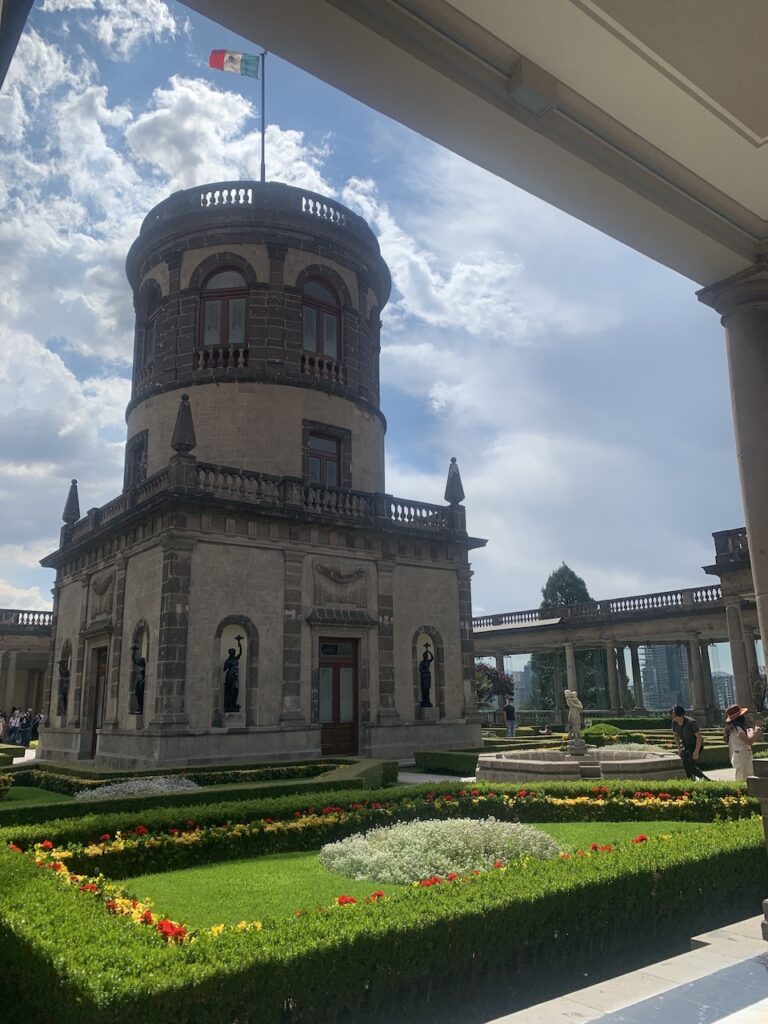
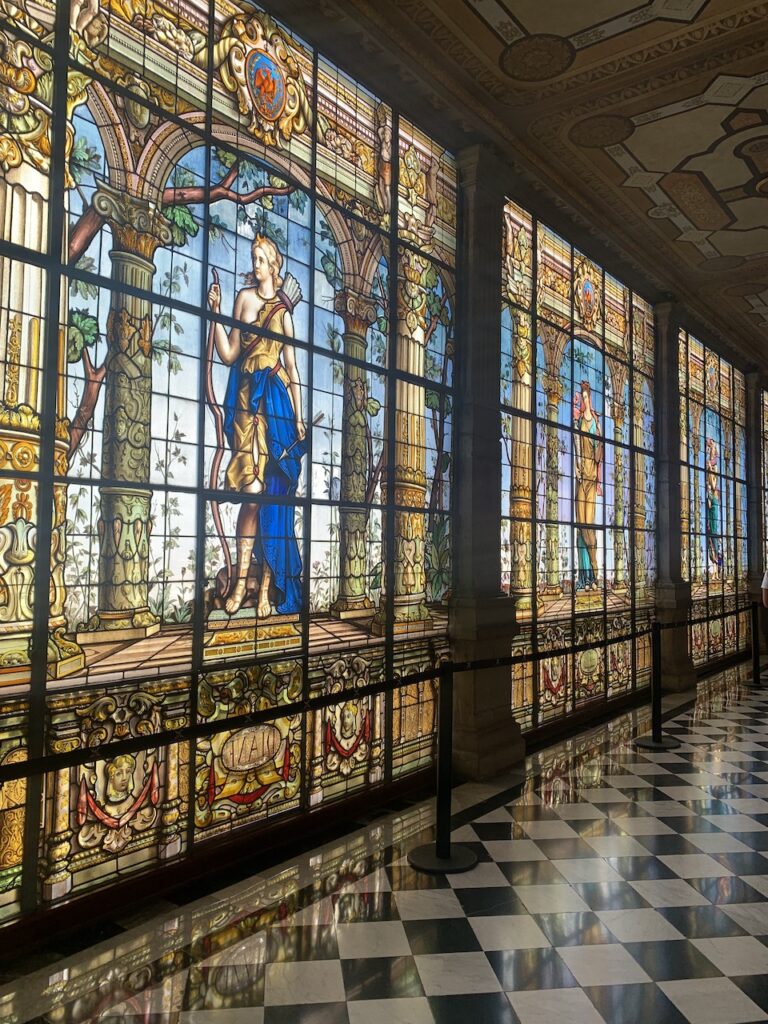
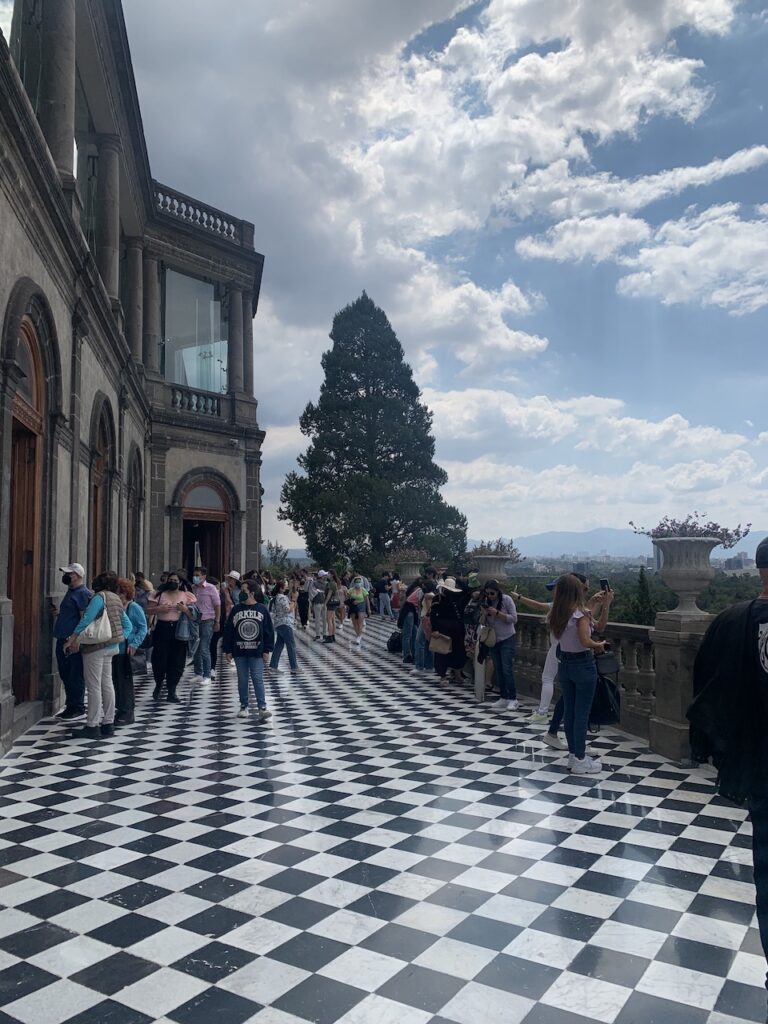
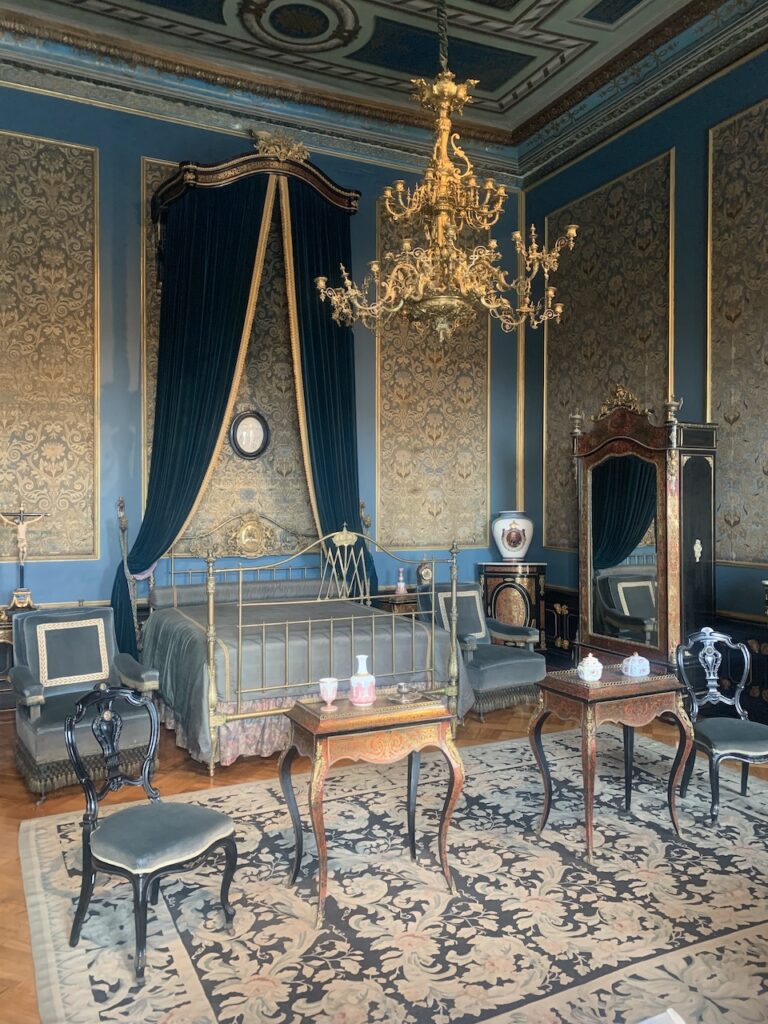
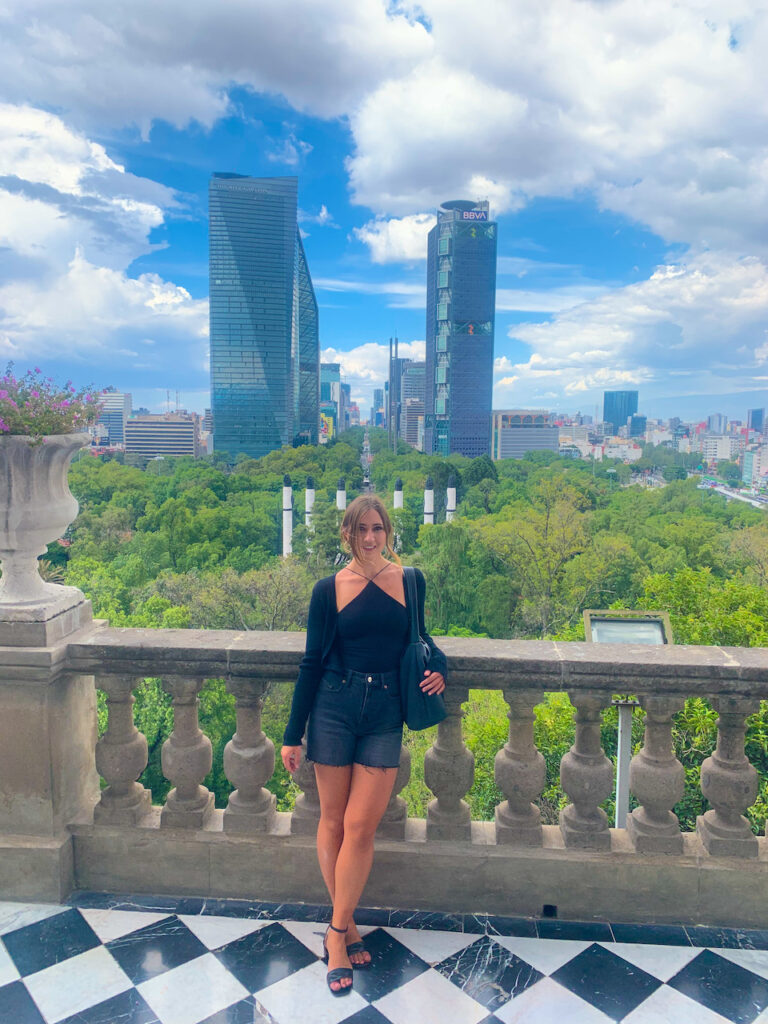
This was by far my favorite attraction I visited in Mexico City. Not only does it have a fascinating albeit dark history, it’s also a breathtaking venue. Perched on a hill in Chapultepec Park, this castle has served as a royal residence, military college, observatory, and endured sieges and war, before turning into the museum it is today. You can marvel at the rooms where Emperor Maximilian and Empress Carlota lived in the late 1800s, getting a clear image of what an idyllic life here looked like before Maximillian was executed. Also, be sure to take note of the six statues dedicated to the “niños héroes” who were killed while defending the castle during the Battle of Chapultepec in 1847. Visiting the castle gives you a gorgeous panorama of the giant Chapultepec park as well as views of the city and the famous Paseo de la Reforma. Be sure to get an Insta-worthy shot on the black and white checked terrace.
Float Around Xochimilco
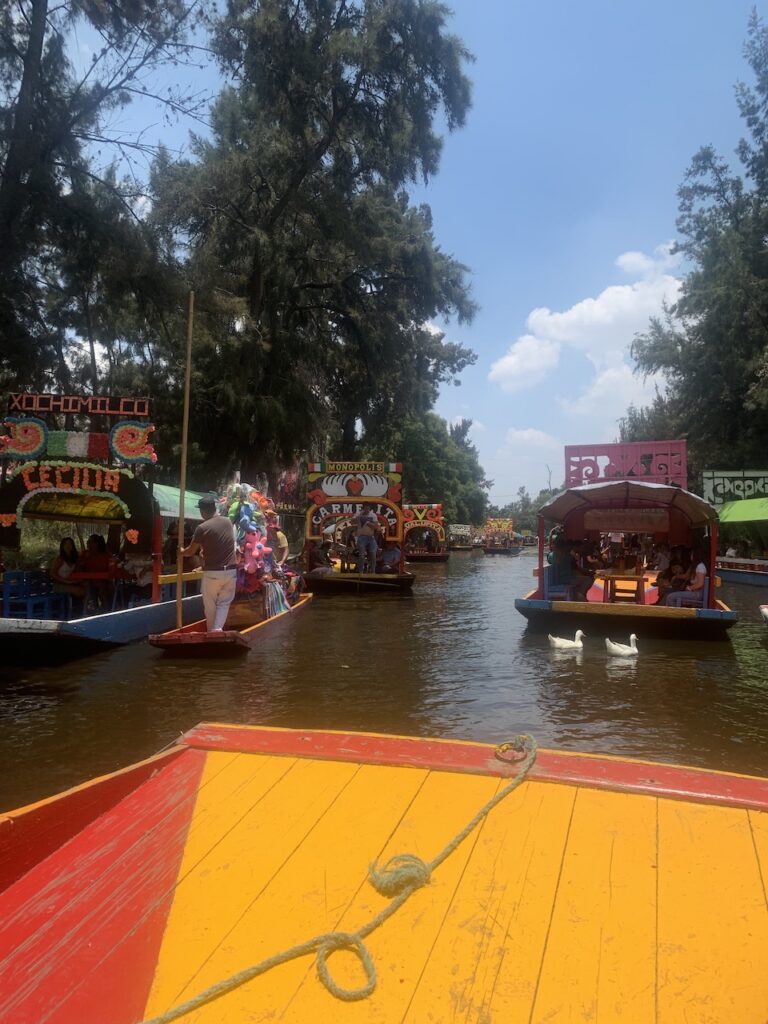
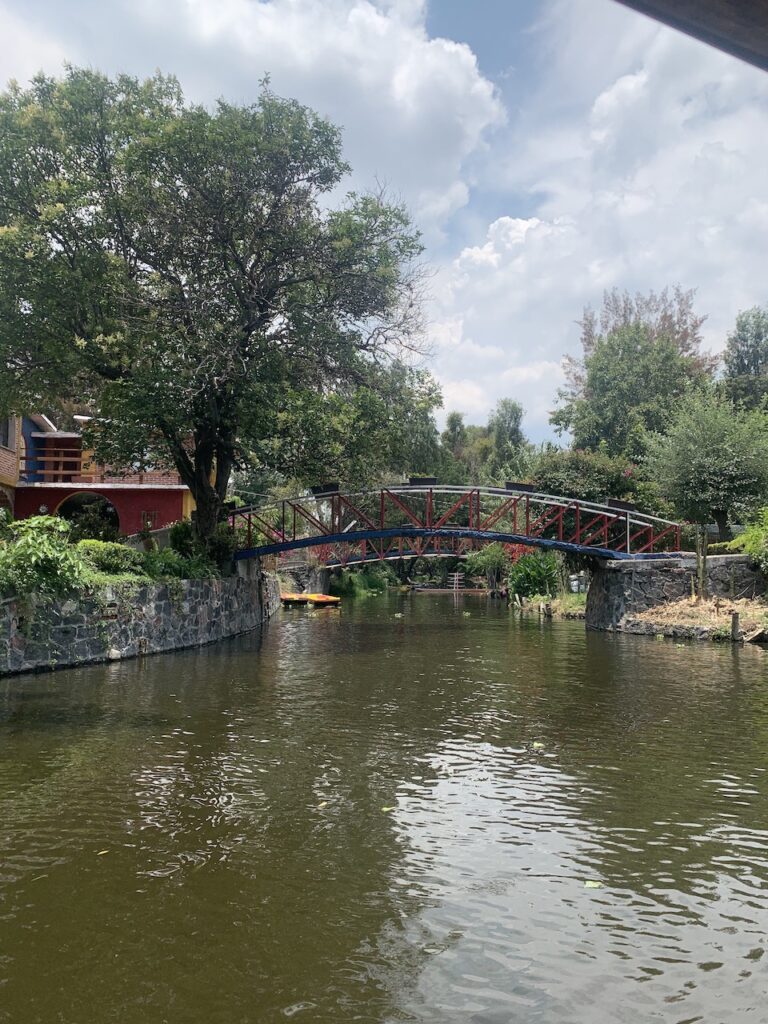
You’ll have to grab a cab or an Uber to reach this district of Mexico City, but it’s well worth the outing. Xochimilco means “floating garden” in Nahuatl, the ancient language of the Aztec people. This is where tourists and locals alike head to rent a trajinera, flat bottomed boat, for anywhere from two hours or so to the entire the day. You’ll have a “captain” who will row you through the canals and maybe tell you a bit about the history of the site. Go with a friend or better yet, a whole squad, and bring your own food and drink on board or purchase snacks from passing boats. Be prepared for unsolicited guests, like mariachi bands or jewelry salesmen, to climb on board at random.
Basilica de Santa Maria de Guadalupe
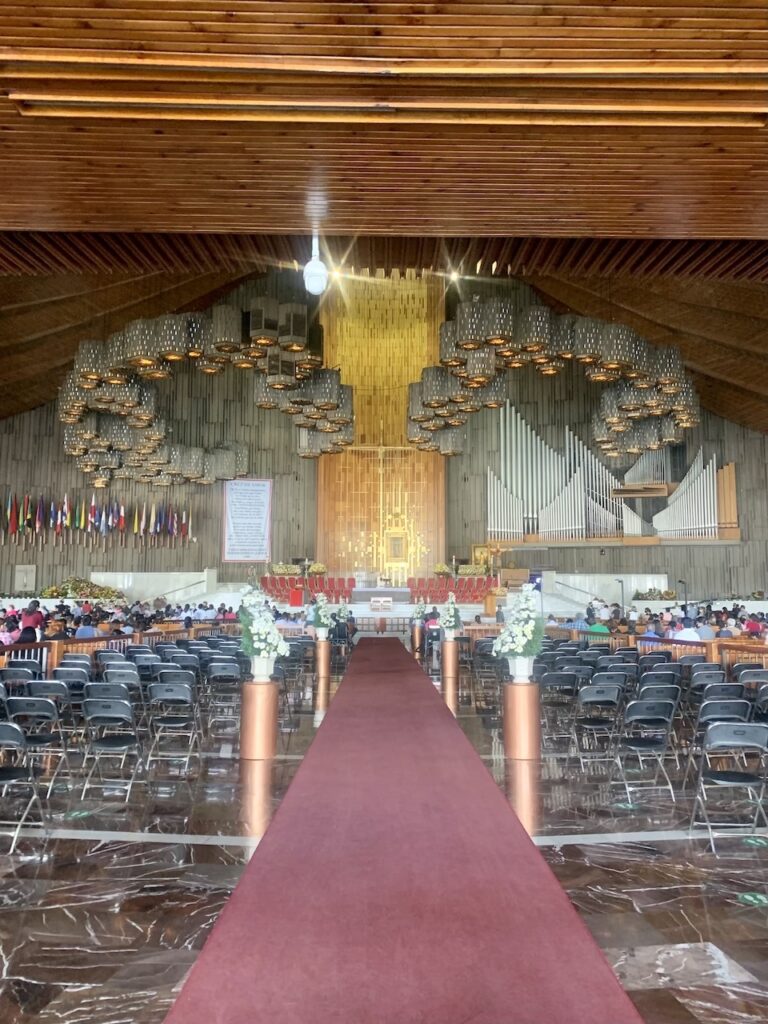
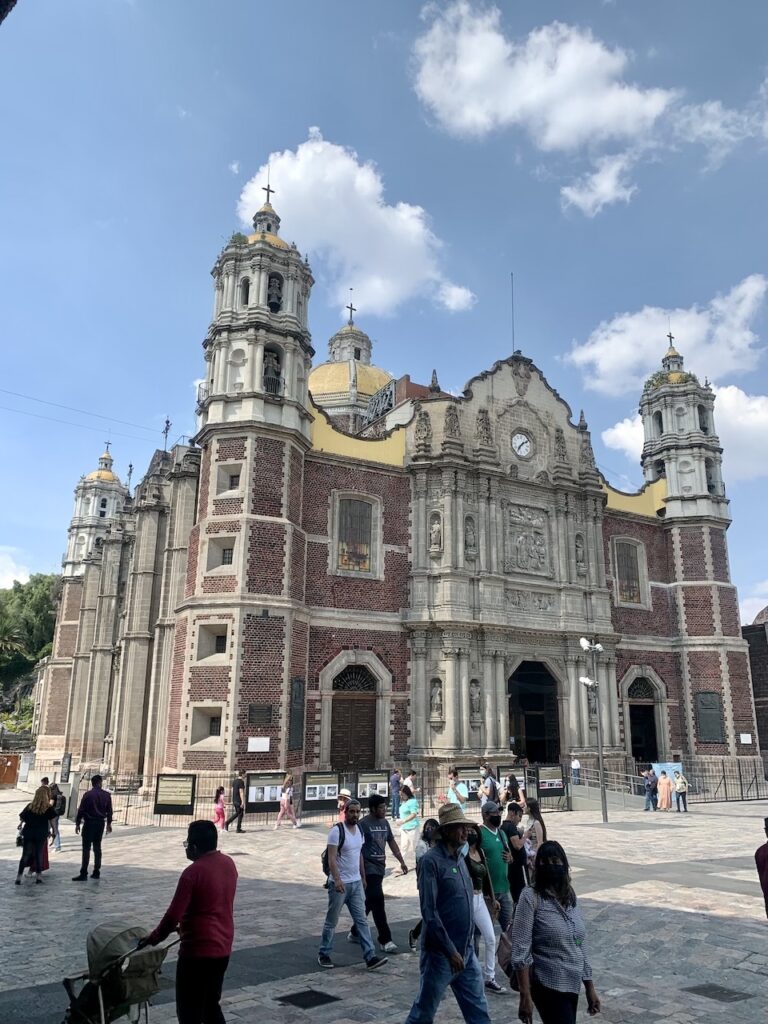
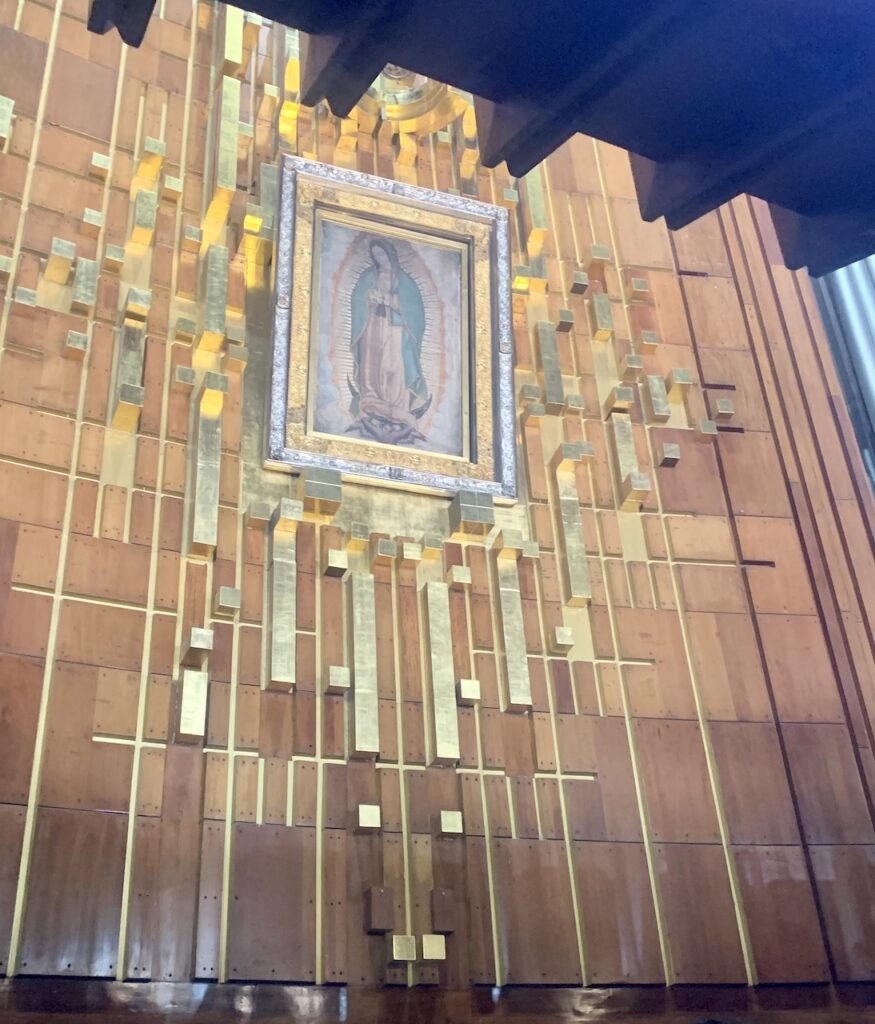
One of the most highly visited religious sites in the world, the Basilica de Santa Maria de Guadalupe is home to the famous miracle cloak of Juan Diego. To summarize, Juan Diego was sent by the Virgin Mary to gather a bunch of unique roses in his cloak, a type of flower that shouldn’t have been growing at that time of year, and show them to the bishop. The flower was meant to serve as a symbol of the Virgin’s desire to have a church built on the hill in her honor. When Juan Diego arrived in front of the bishop, he let the bunch of roses gathered in his cloak fall to the ground, and to his surprise, on his cloak was an image of the Virgin Mary of Guadalupe. The cloak was originally stored in the basilica at the center of the piazza, but if you go inside, you’ll notice that the floor is tilted because one half of the structure has begun sinking. This phenomenon in itself is a fun experience. You’ll feel like you’re in a funhouse. To the left of the old basilica is a newer, round structure where the cloak is on display. Don’t be surprised if you see people on their knees as a sign of respect while inside the basilica.
Palacio de Bellas Artes
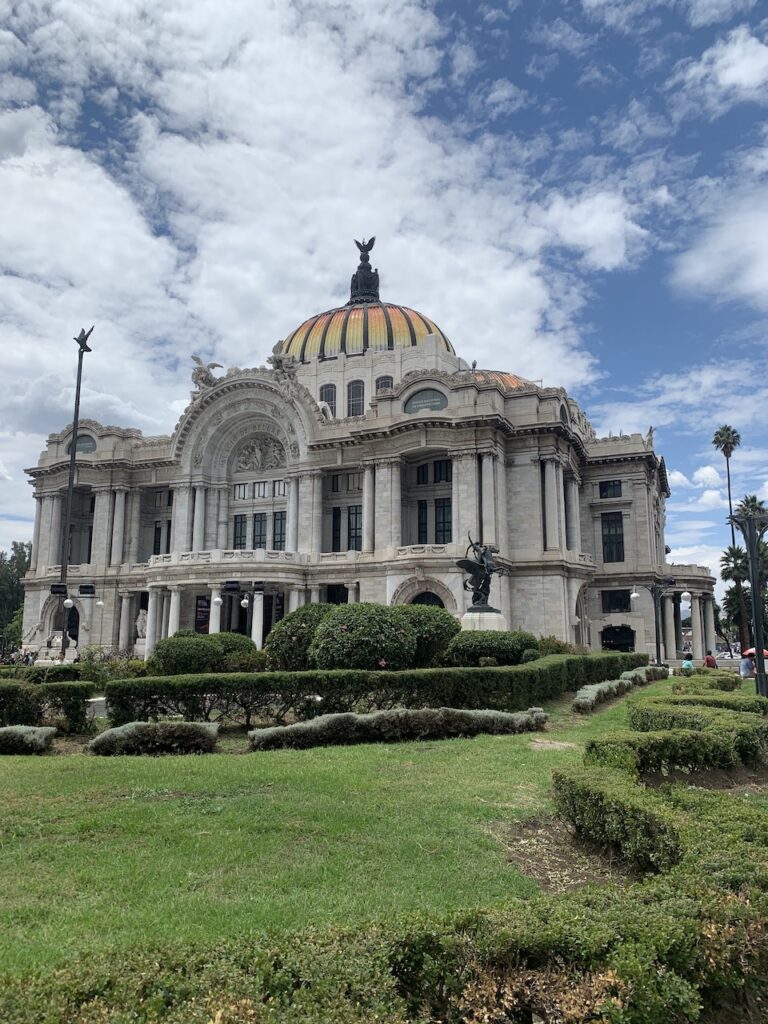
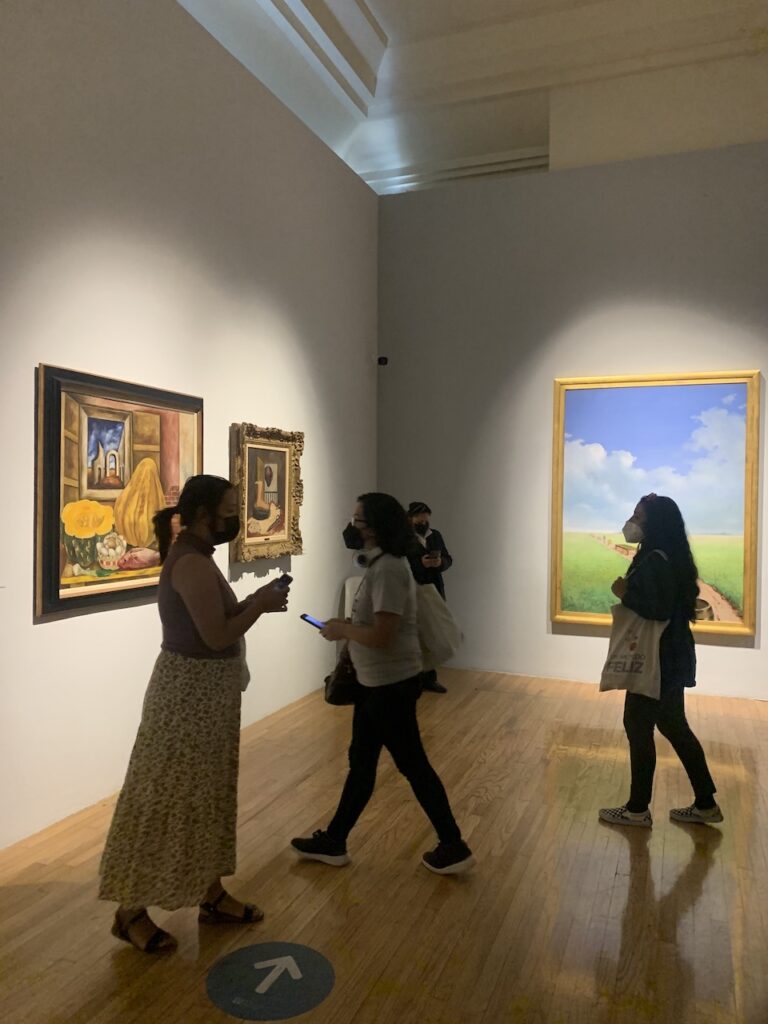
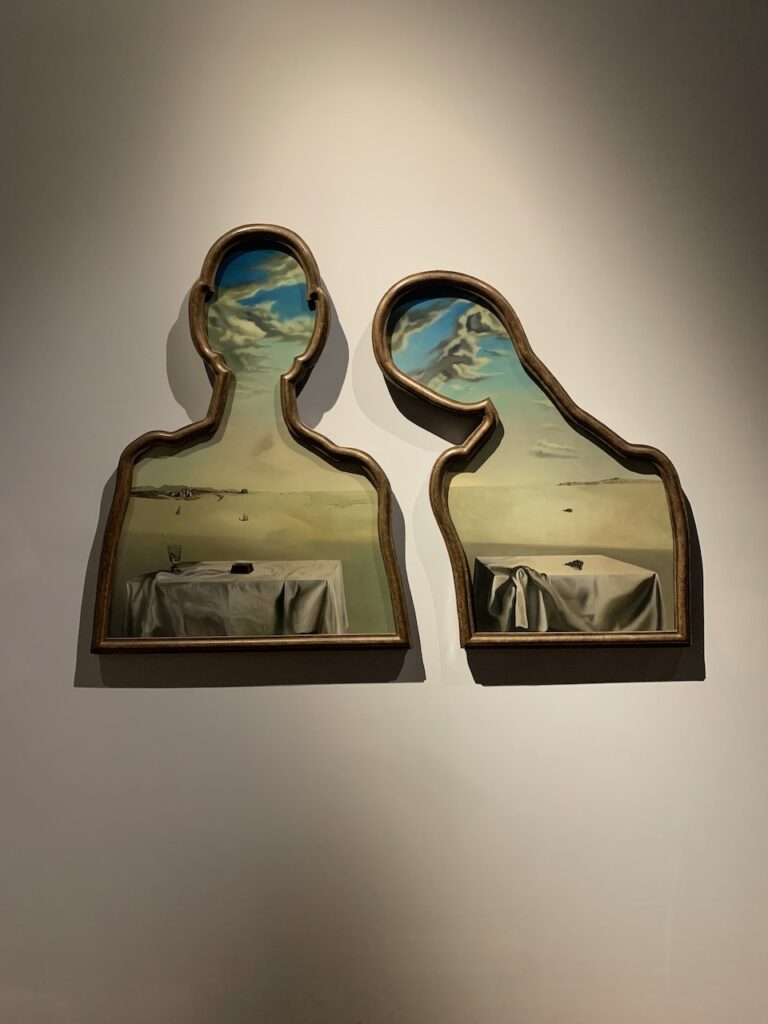
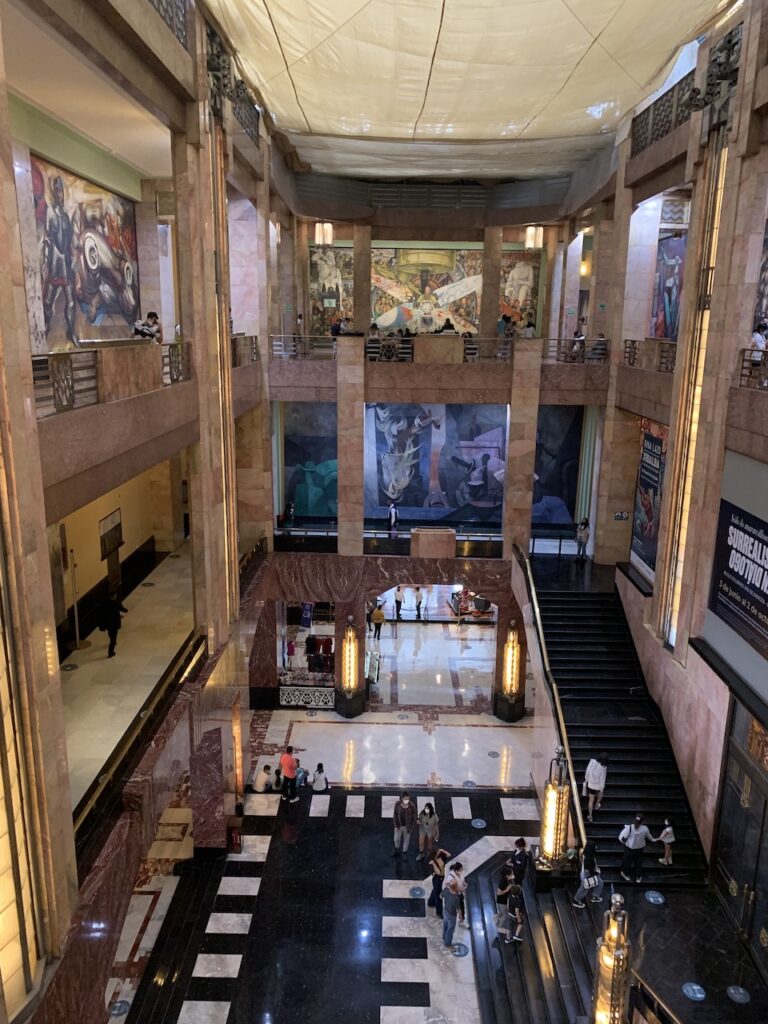
This gorgeous building will surely be on your list of places to visit in CDMX. The golden dome and majestic architecture will entrance you from the outside, while the interior museum is an art lover’s paradise. The exhibitions are always changing, but this palace is the permanent home to several of Diego Rivera’s murals. This is also where the ballet folklórico takes place.
Torre Latino Americano
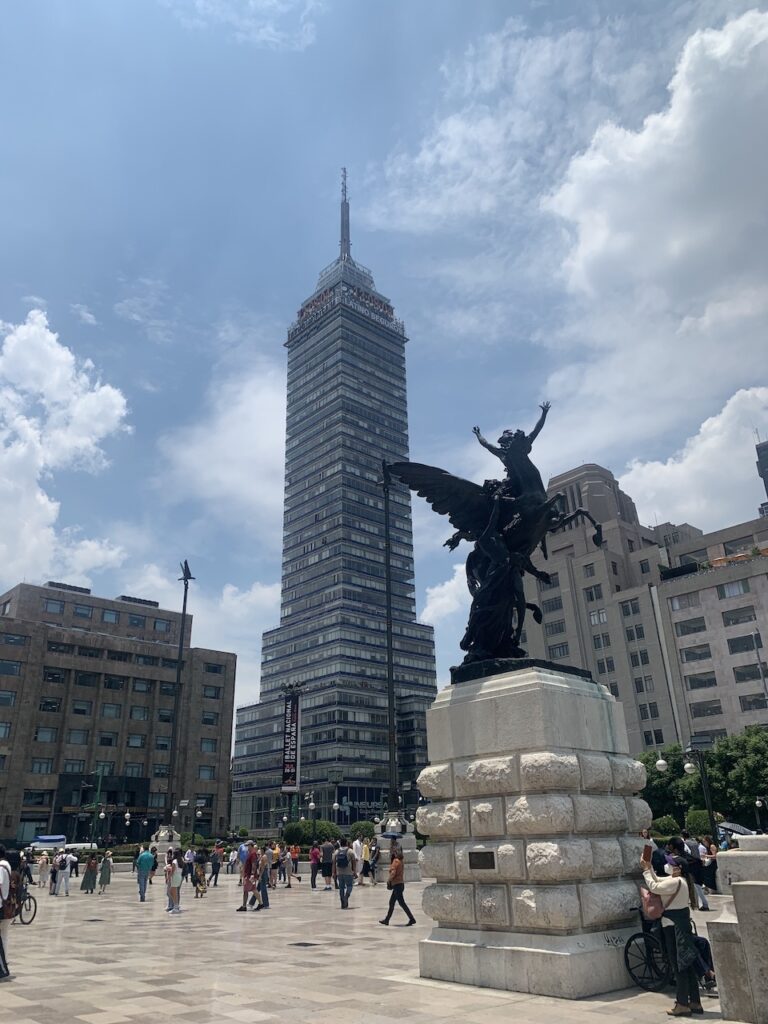
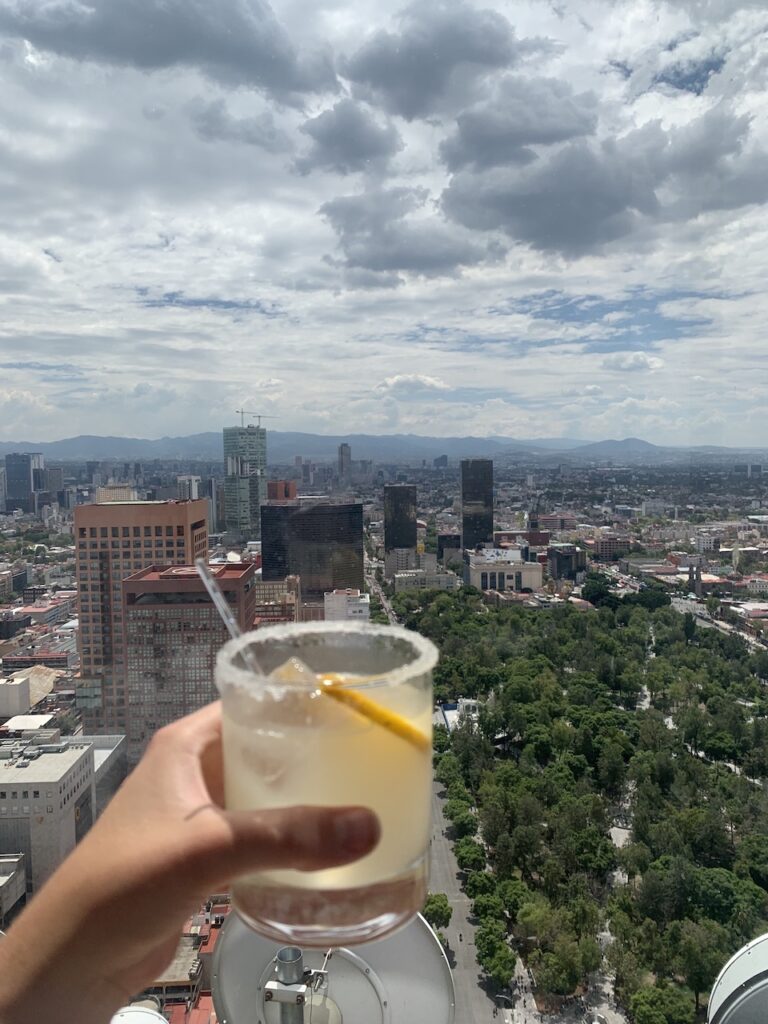
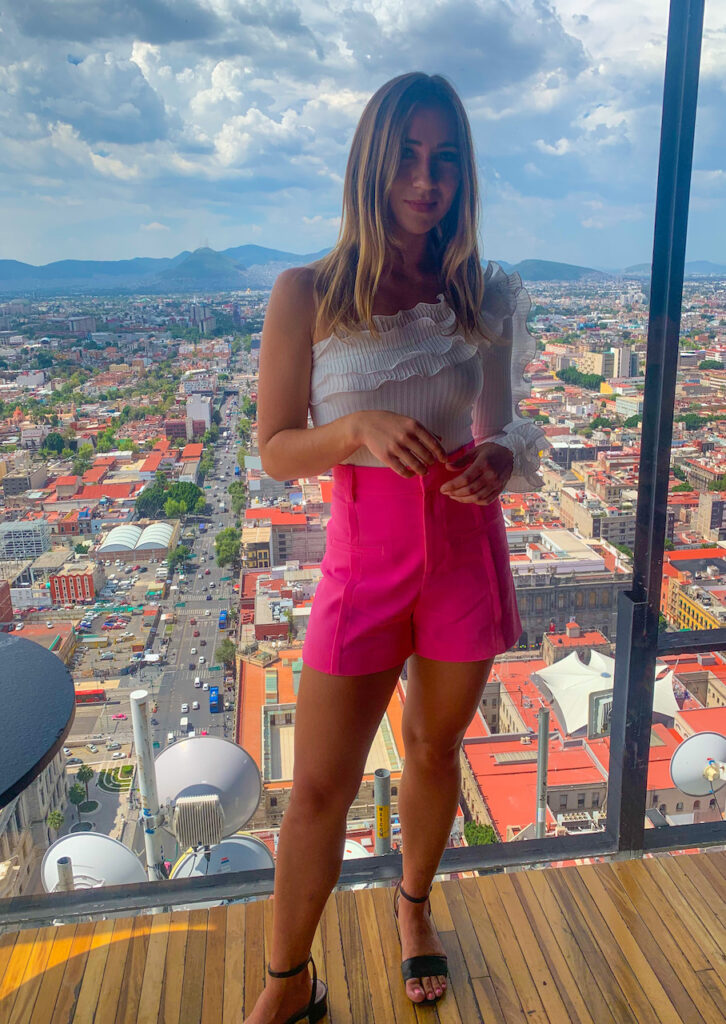
For fantastic views of Mexico City, pop across the street from the Palacio de Bellas Artes to the Torre Latino Americano. Instead of heading to the observation deck where you’ll have to pay an entry fee, use your money to get a beer or cocktail on the 40th floor for an eyeful of the same jaw dropping panorama with a table and refreshment.
See the Ballet Folklórico
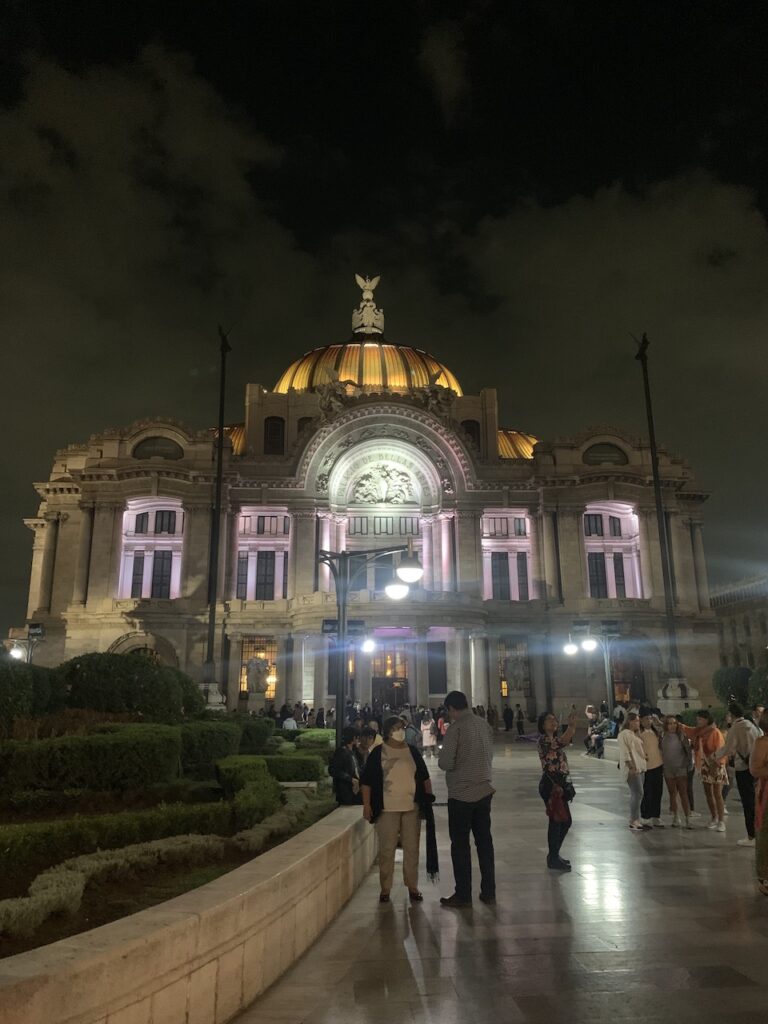
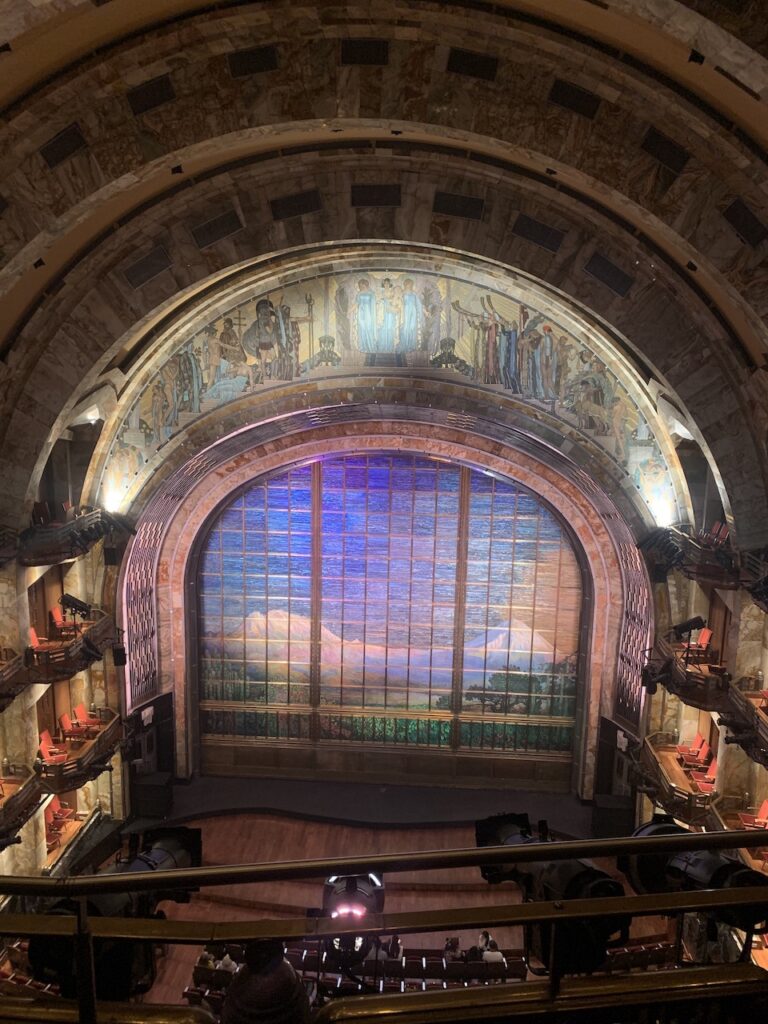
This was by far one of my favorite activities in Mexico City. The ballet folklórico takes place in the beautiful Palacio de Bellas Artes, which could be arguably more stunning when illuminated at night. You’ll get to enjoy a series of dances that represent the traditions, beliefs, and cultures of Mexico’s different regions, and delight in the colorful and vibrant costumes donned by the dancers.
Museo Frida Kahlo (La Casa Azul)
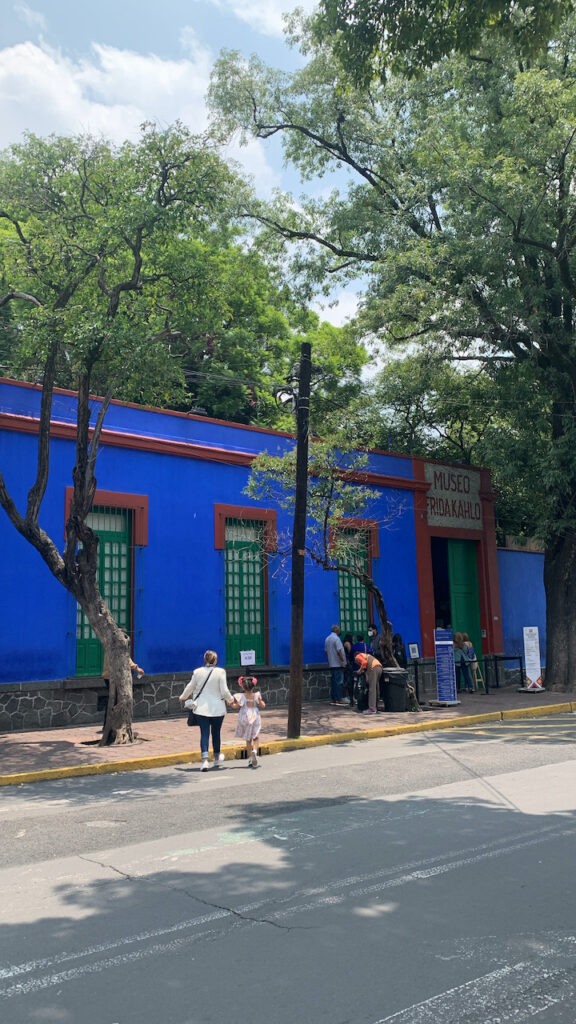
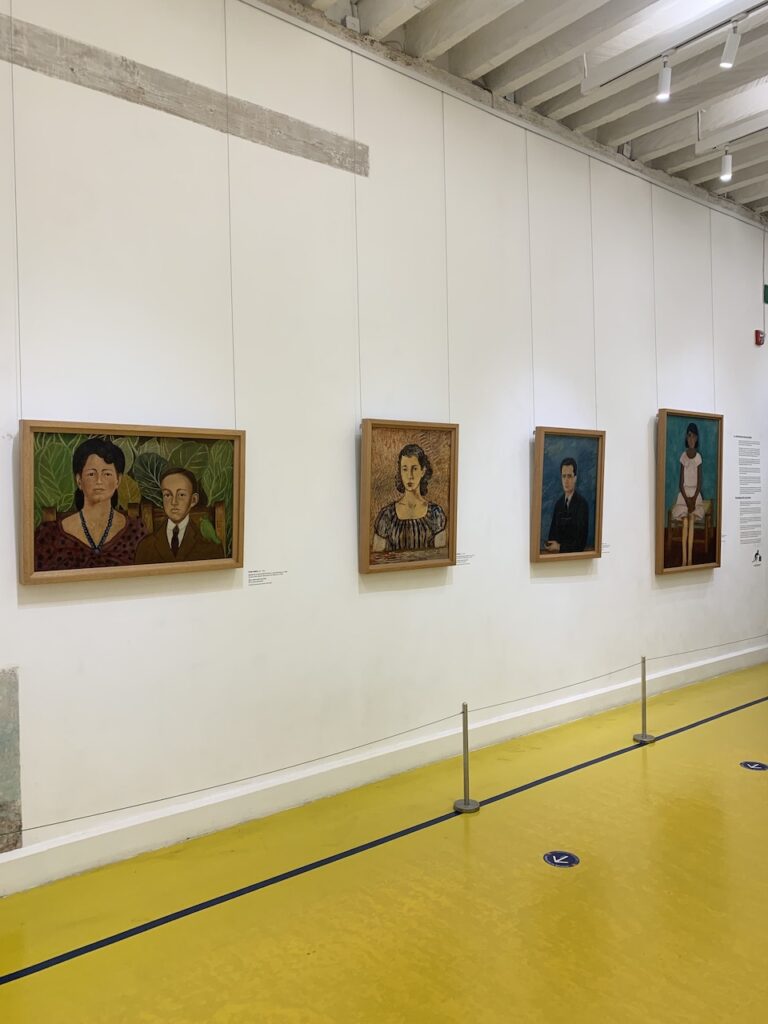
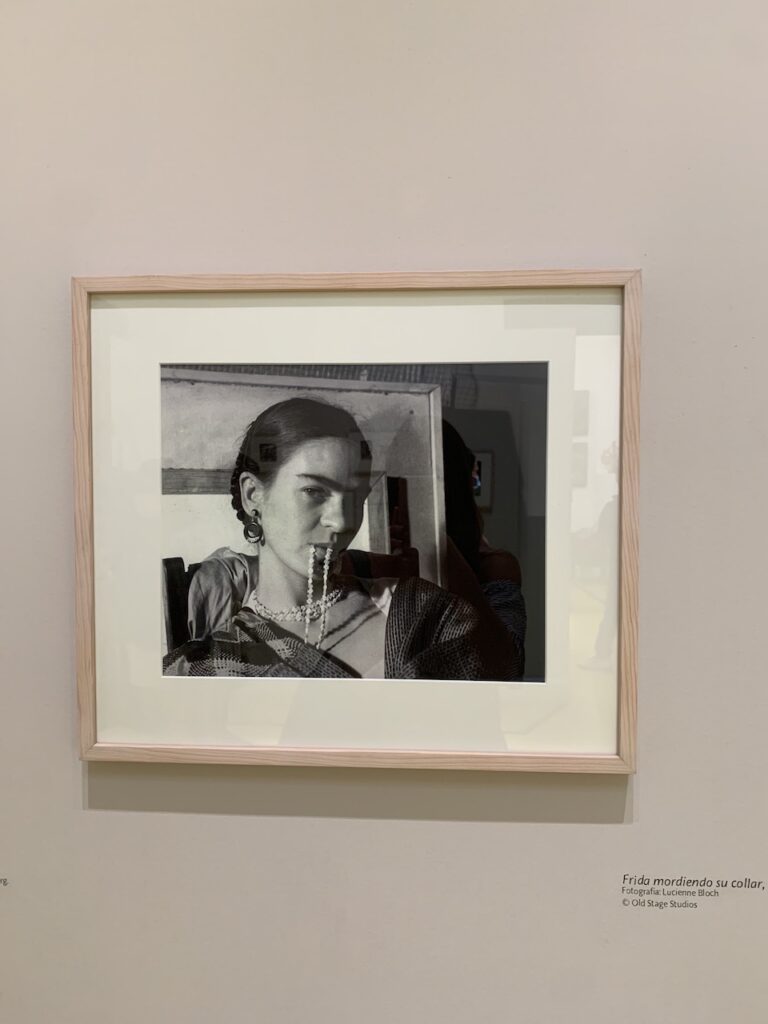
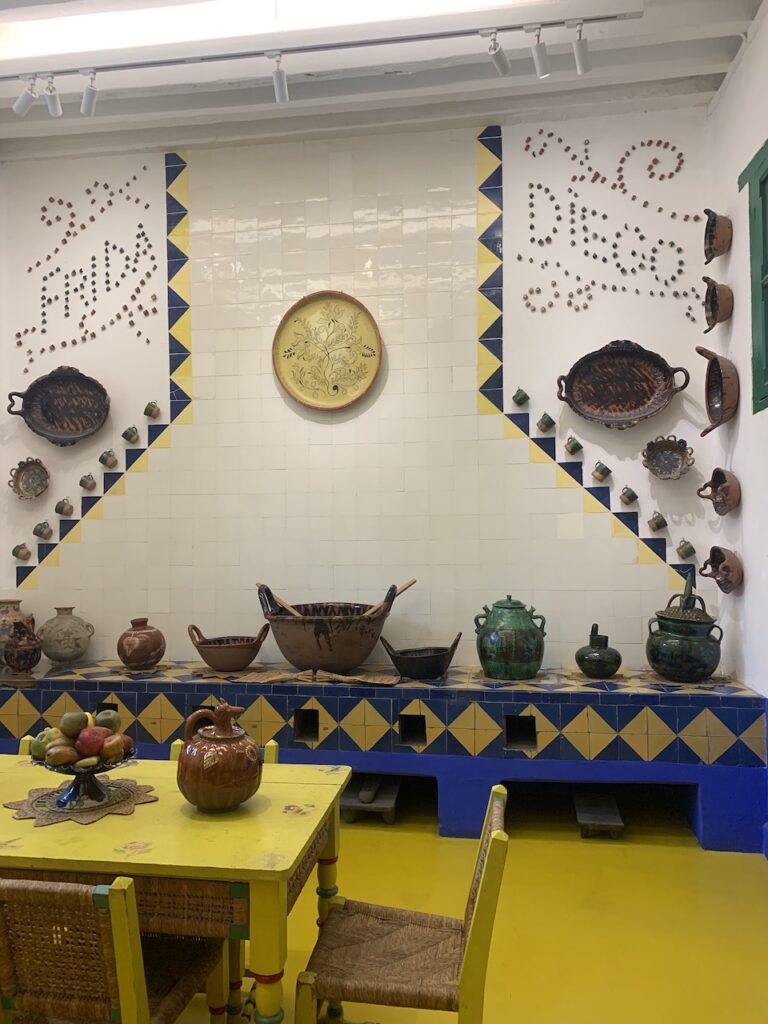
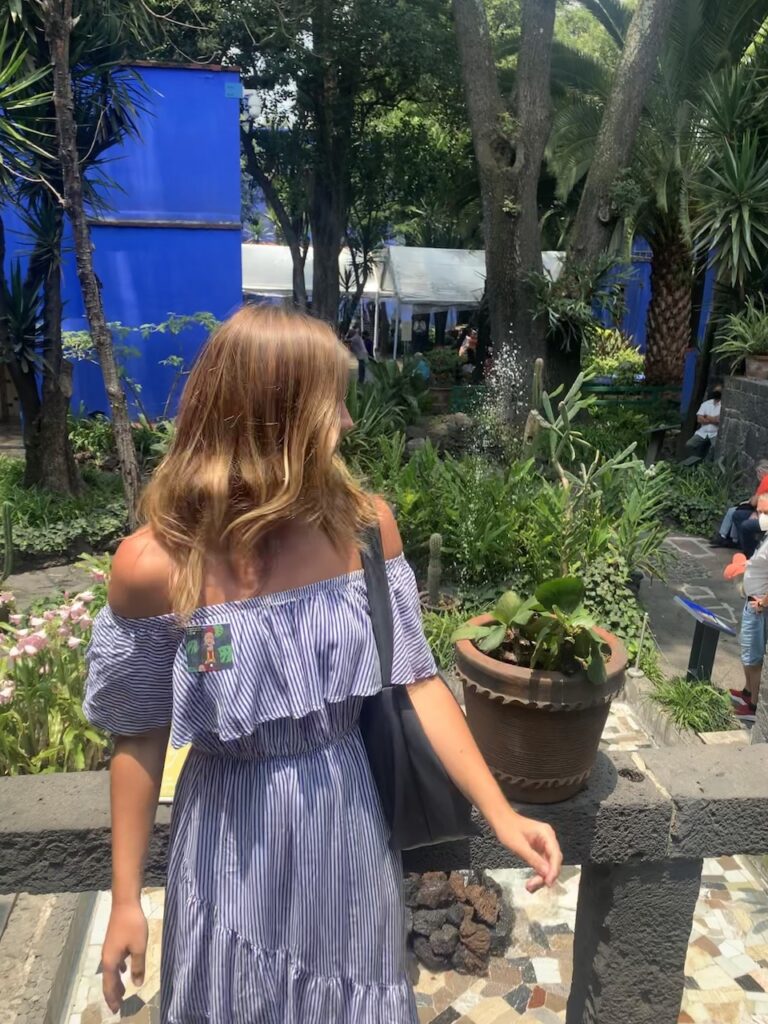
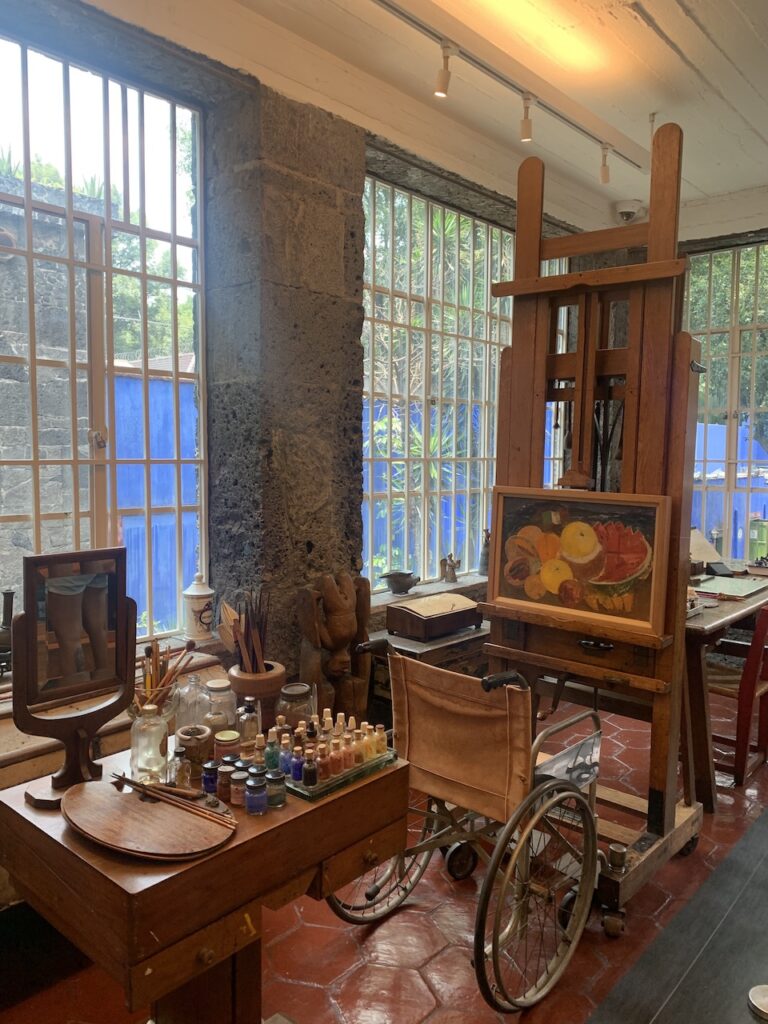
A trip to Mexico City wouldn’t be complete without a visit to La Casa Azul, Frida Kahlo’s former home in the Coyoacan neighborhood. A number of paintings by Frida and her husband Diego Rivera are on display here along with personal photographs and outfits from Frida’s wardrobe. The best part of the museum in my opinion is getting to see some of the rooms in their natural state: the high-vaulted kitchen, Frida’s window-clad studio, and her bedroom, where an eerie death mask sits upon her bed and an urn containing her ashes is perched on the dresser. Out back there’s a beautiful green garden where you can stroll, relax, and if you’re lucky, listen to a band play live music. Make sure to book your ticket online ahead of time as this isn’t a museum where you can buy tickets at the door.
Mercado Coyoacan
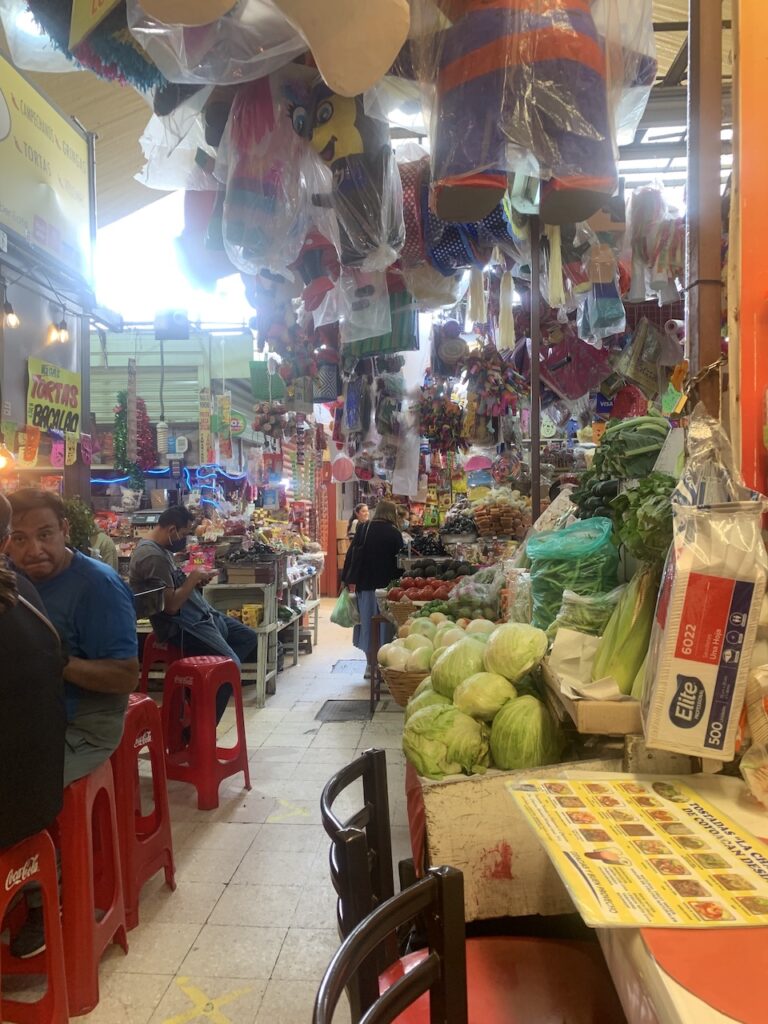
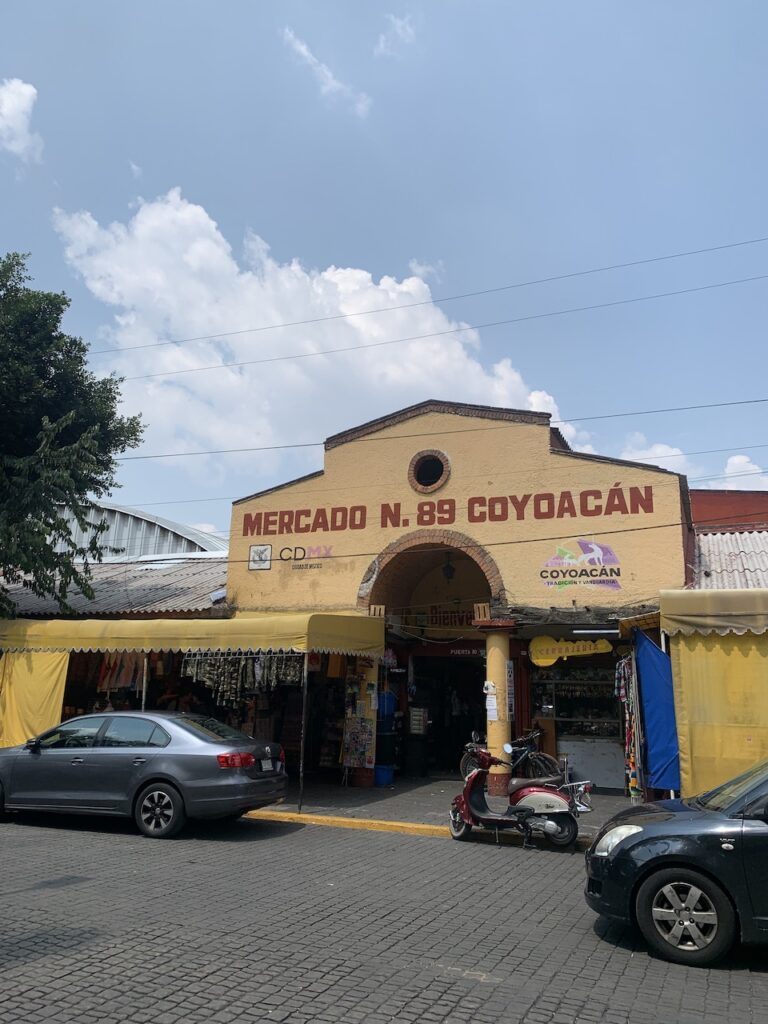
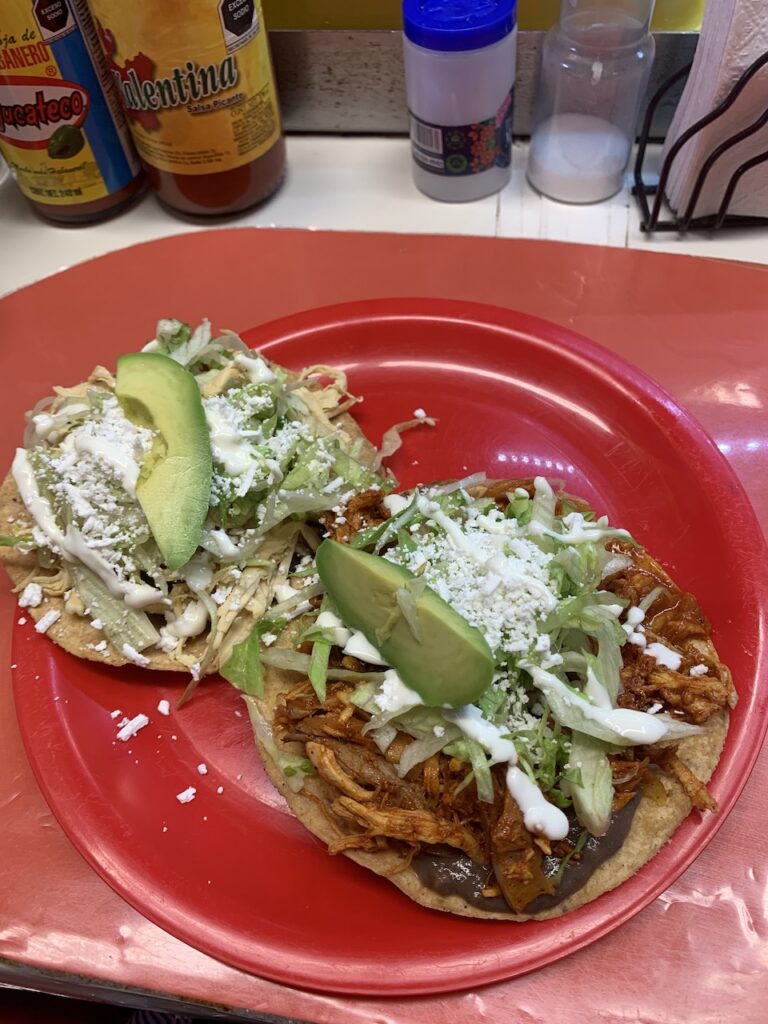
Before or after your visit to Frida Kahlo’s house, spend some time getting lost in the nearby Coyoacan market. This large space is a great place to get a quick bite to eat – tacos anyone? – stock up on souvenirs, or explore different vendor stalls stocked with everything from produce to plants to pottery.
Teotihuacan
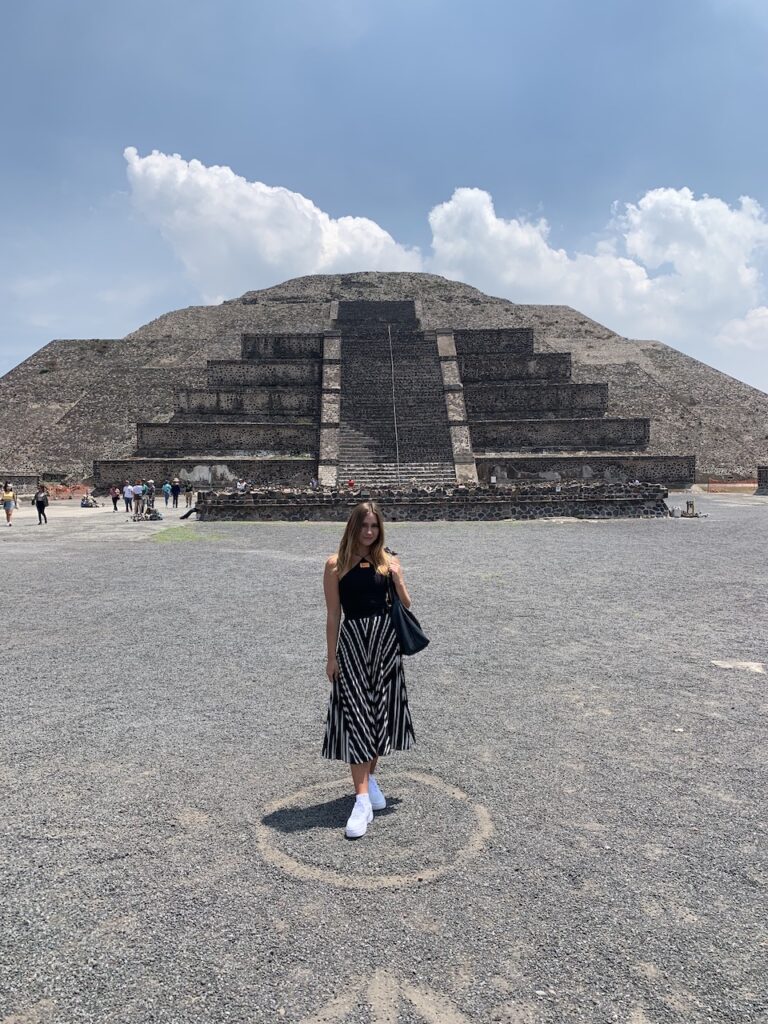
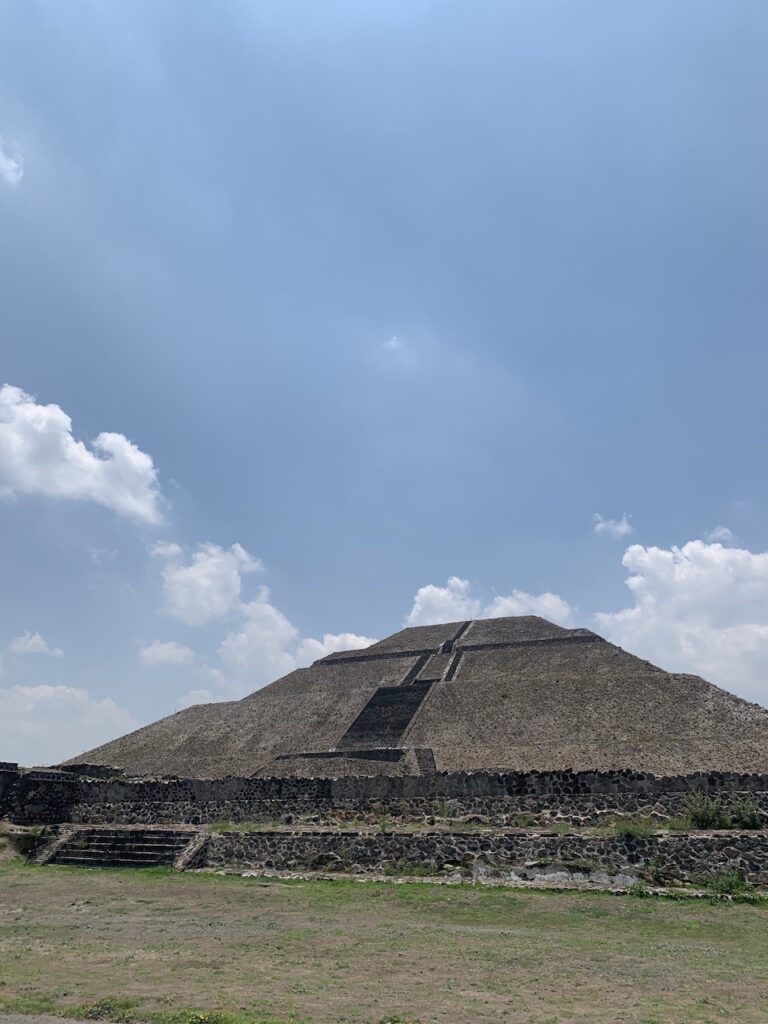
When visiting Mexico’s capital, you absolutely must make time for a day trip to Teotihuacan, a UNESCO world heritage site and an excellent place to remember how small we truly are. Although the sizable pyramids dedicated to the sun and the moon were taken over and named by the Aztecs, their true origins remain a mystery, adding to their larger than life appeal. Unfortunately, tourists can no longer climb them, but it’s still worth it to get a glimpse of their size and grandeur up close, letting yourself mull over the questions that no one has been able to answer for centuries. Teotihuacan is about a 50 minute journey outside of the city. I was traveling alone so I decided to go with a tour group, but you could also arrange for transportation on your own and spend a day or a half day here.
Templo Mayor & Zócalo
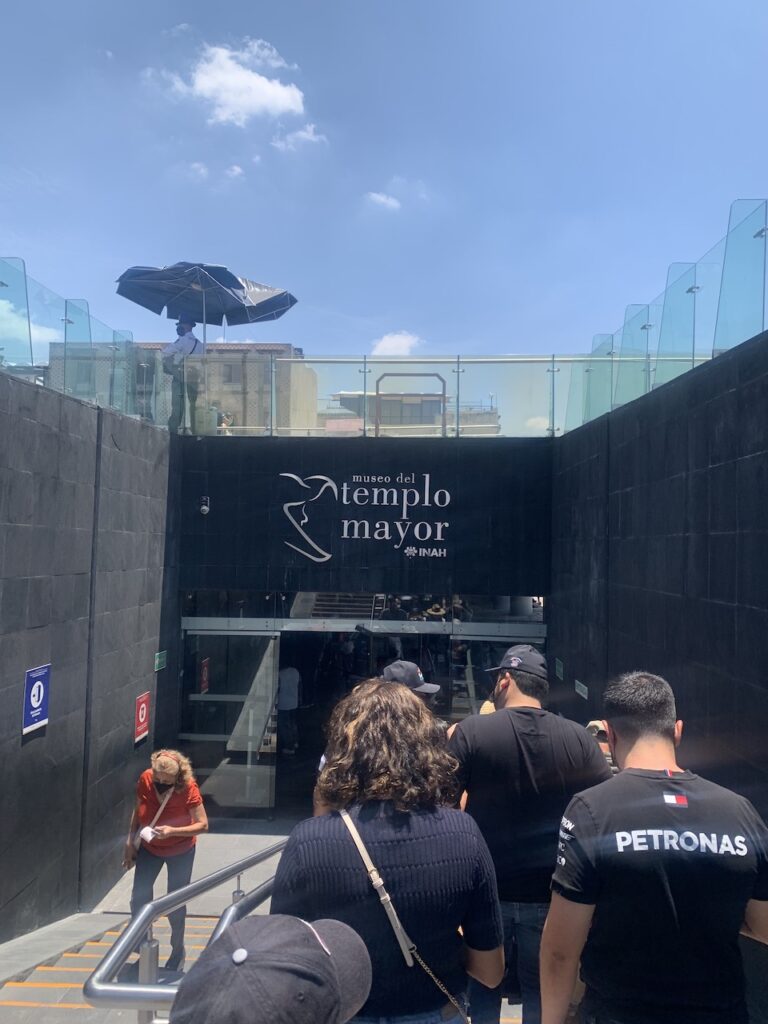
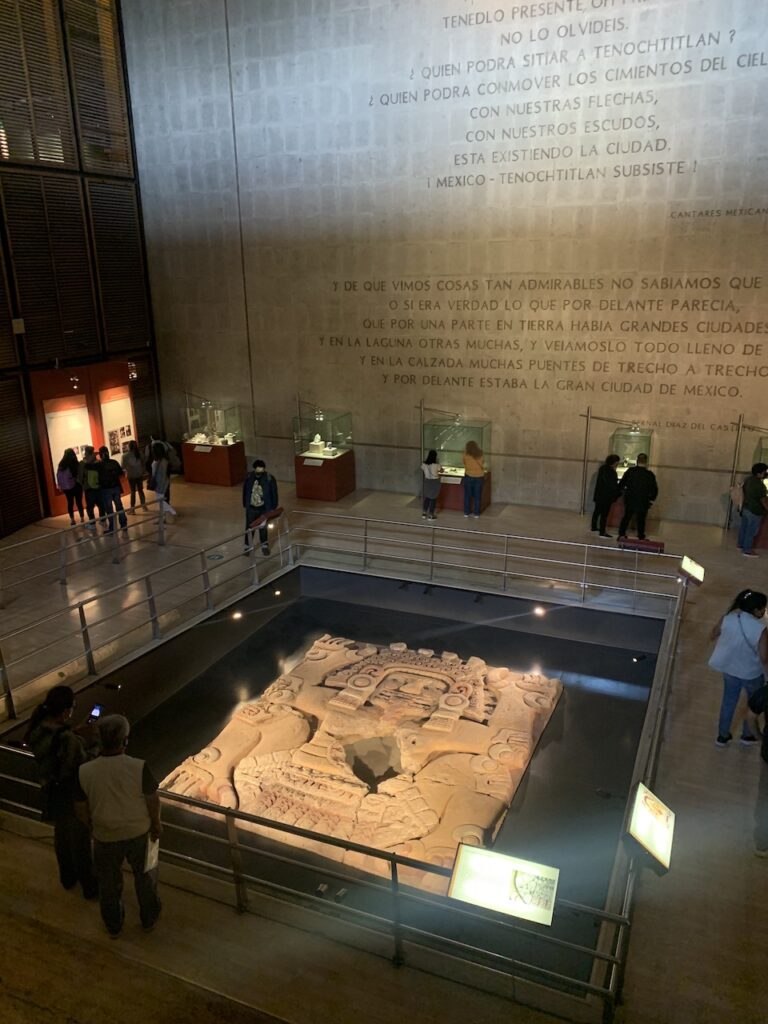
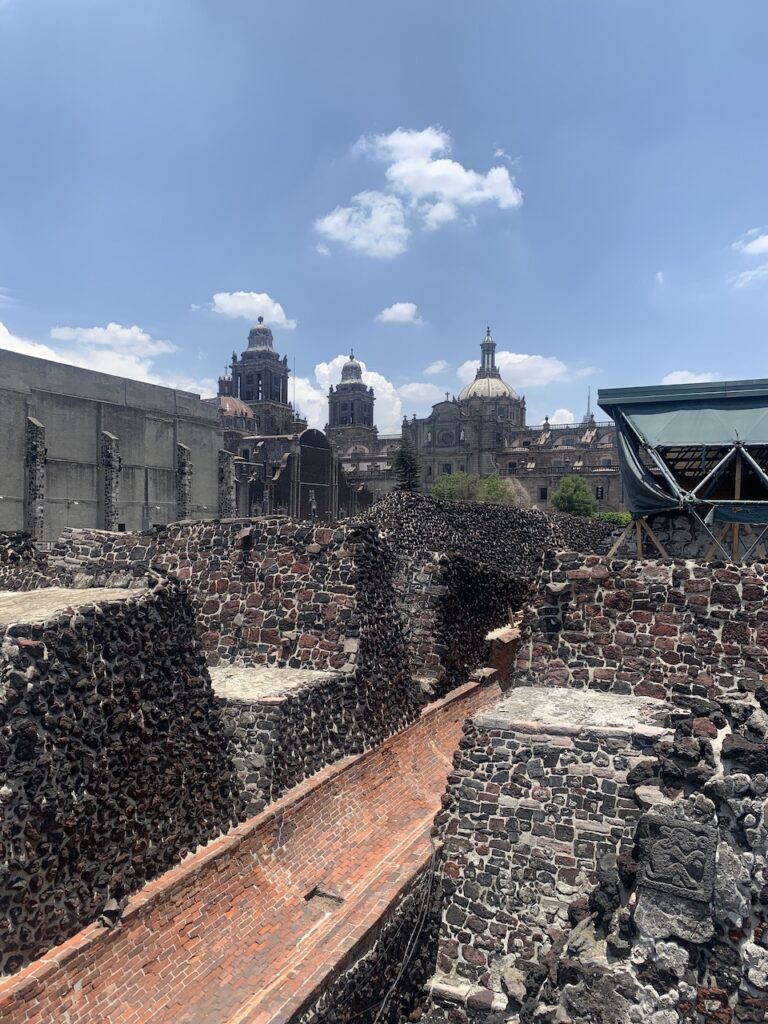
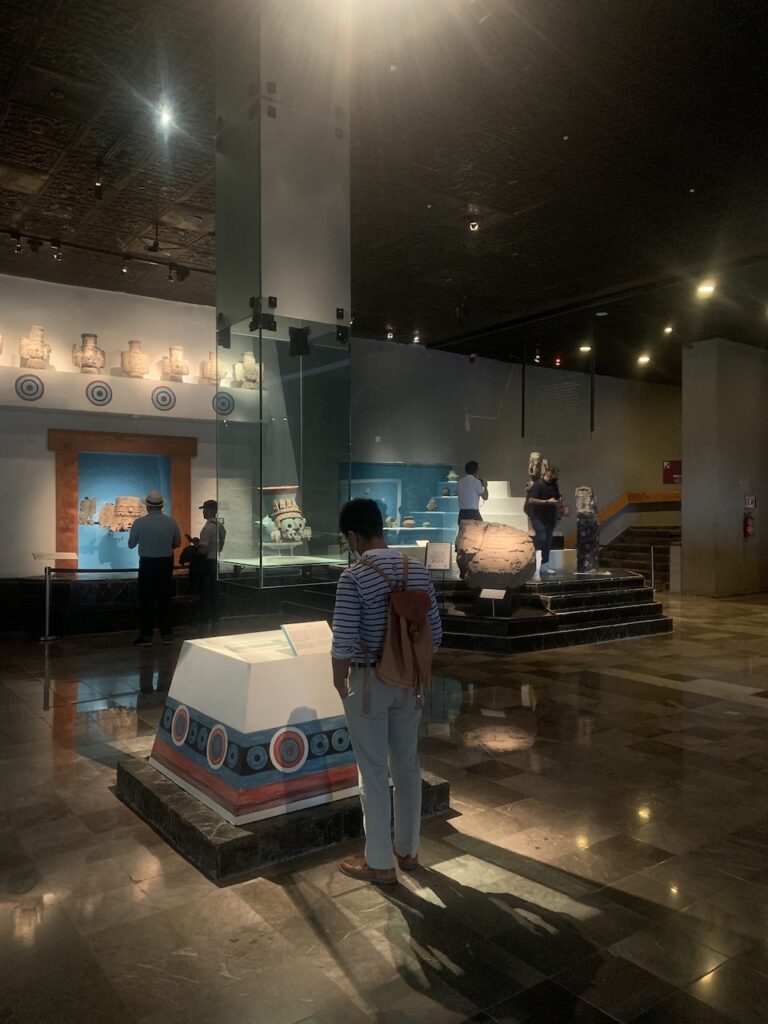
In the historical center of Mexico, the Zócalo, or Plaza de la Constitución, has been an important gathering place throughout Mexico’s history, dating back to the Aztec era of Tenochtitlan. One of the biggest squares in the world, the Zócalo is surrounded by important buildings such as the Palacio Nacional, Catedral Metropolitana, and Templo Mayor. Make time for a visit to Templo Mayor to see ruins of the ancient Aztec capital and discover statues and artifacts that give us a glimpse into their beliefs, values, and way of life.
Museo Soumaya
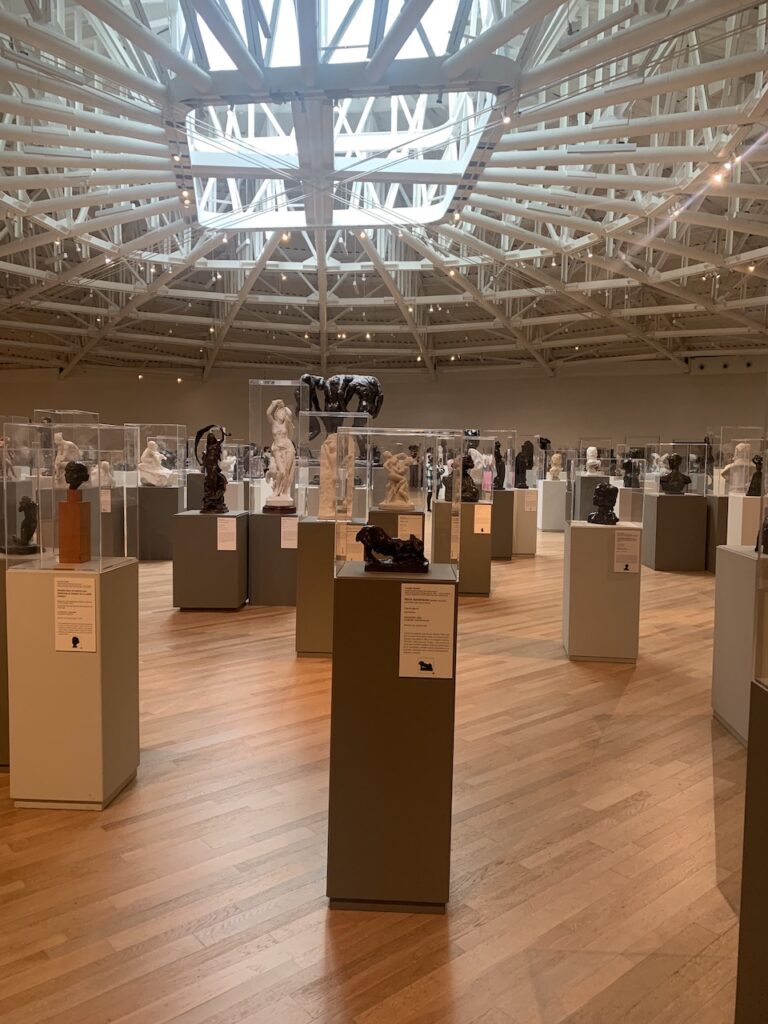
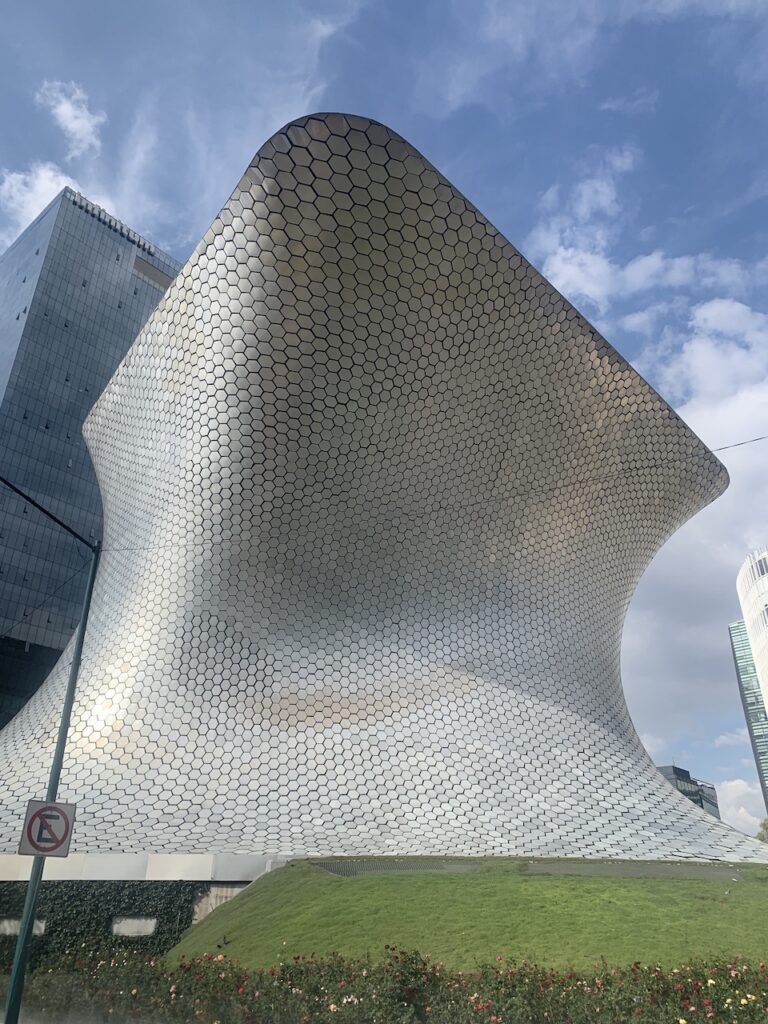
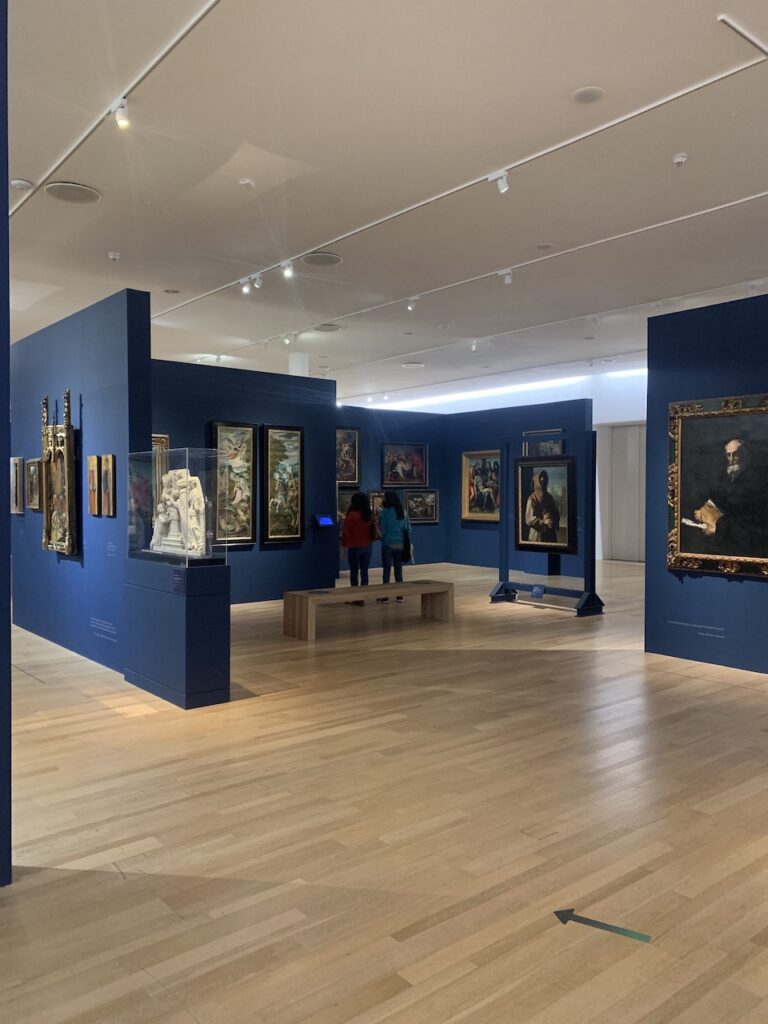
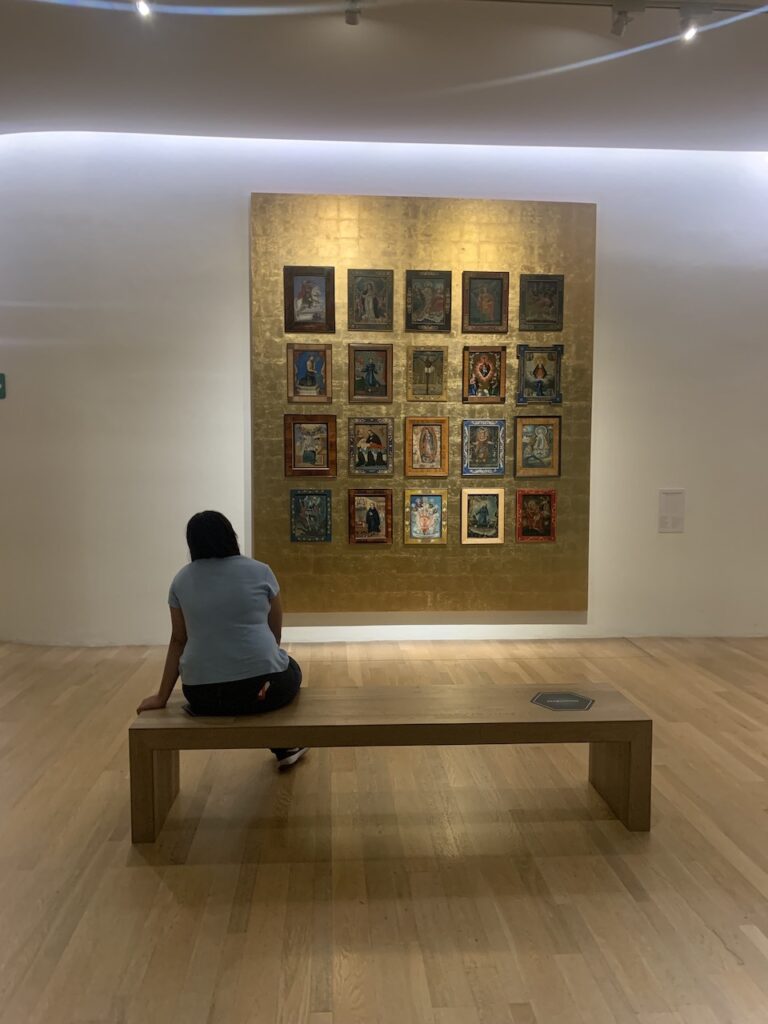
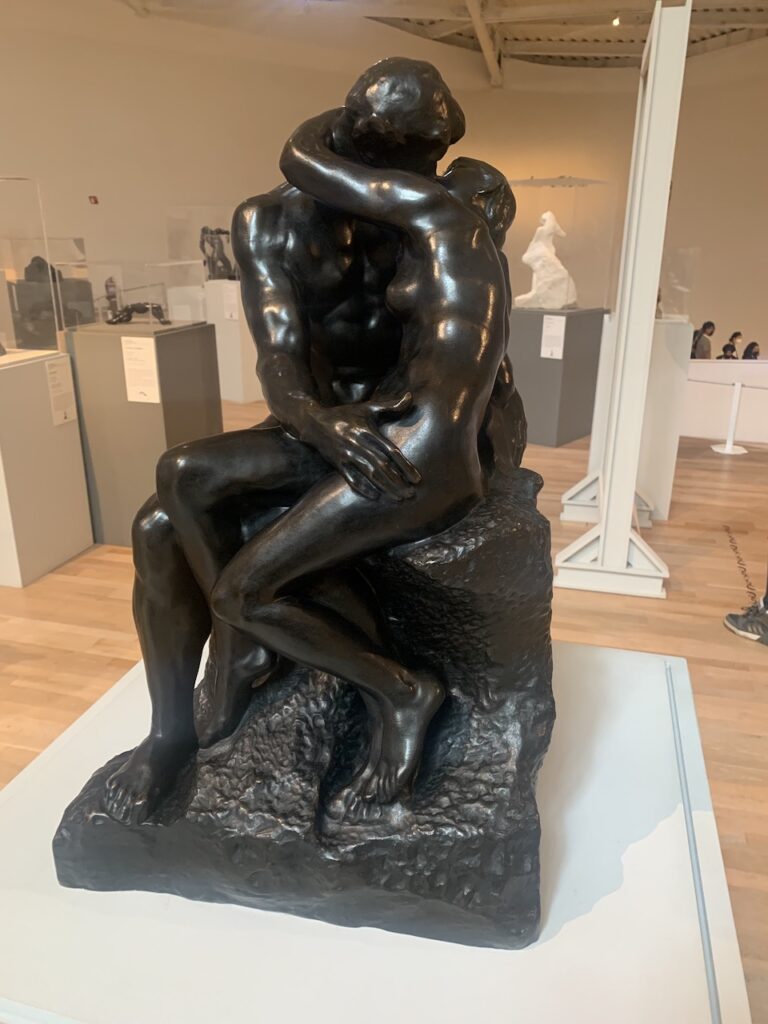
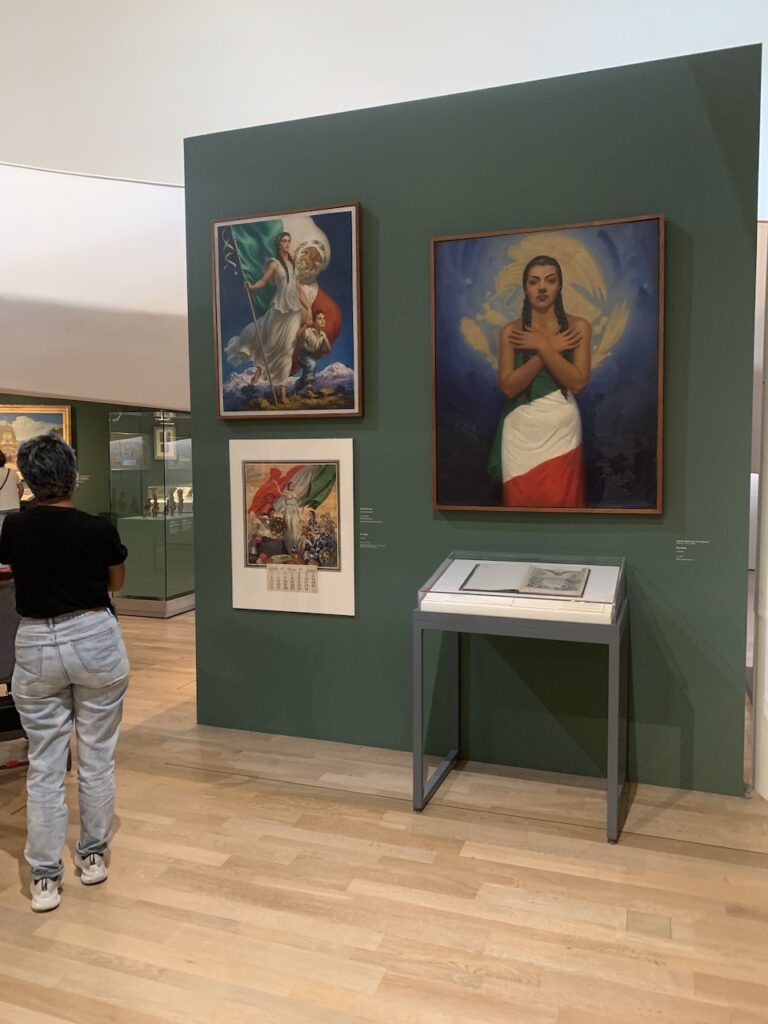
I would have happily moved into this art museum if that was allowed. Museo Soumaya is a free (free!) art museum in the affluent Polanco area of CDMX. The building will lure you in with its architectural allure and as soon as you step inside the magnificence continues. You’ll walk up a spiral ramp that encircles all six floors of the cylindrical museum, stopping on each to explore a different category of art from European masters, to a delicious selection of Romanticism and Impressionism, to Mexican art and much more. The cherry on top of the museum is on the sixth floor, an artfully scattered selection of Rodin statues bathed in natural light. If you love art, make sure you give yourself plenty of time to get romantically lost in this museum.



